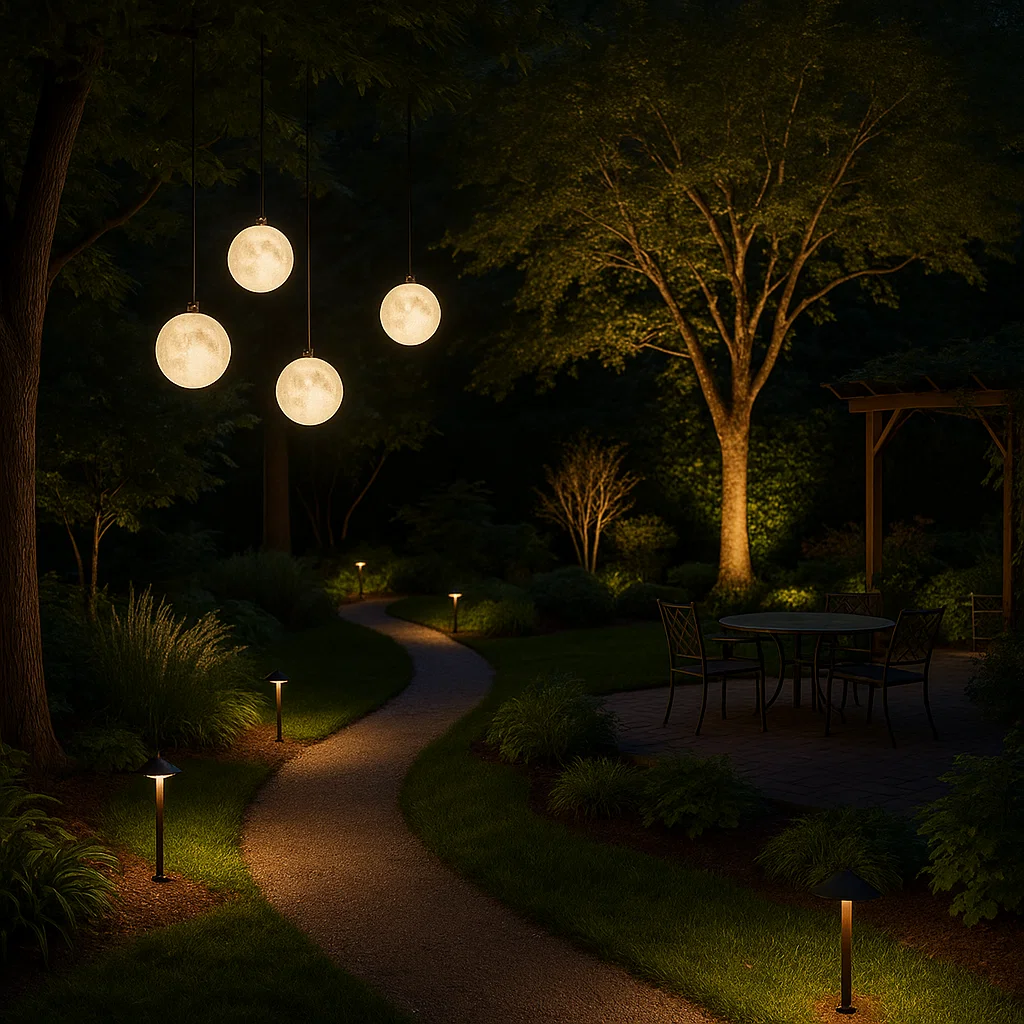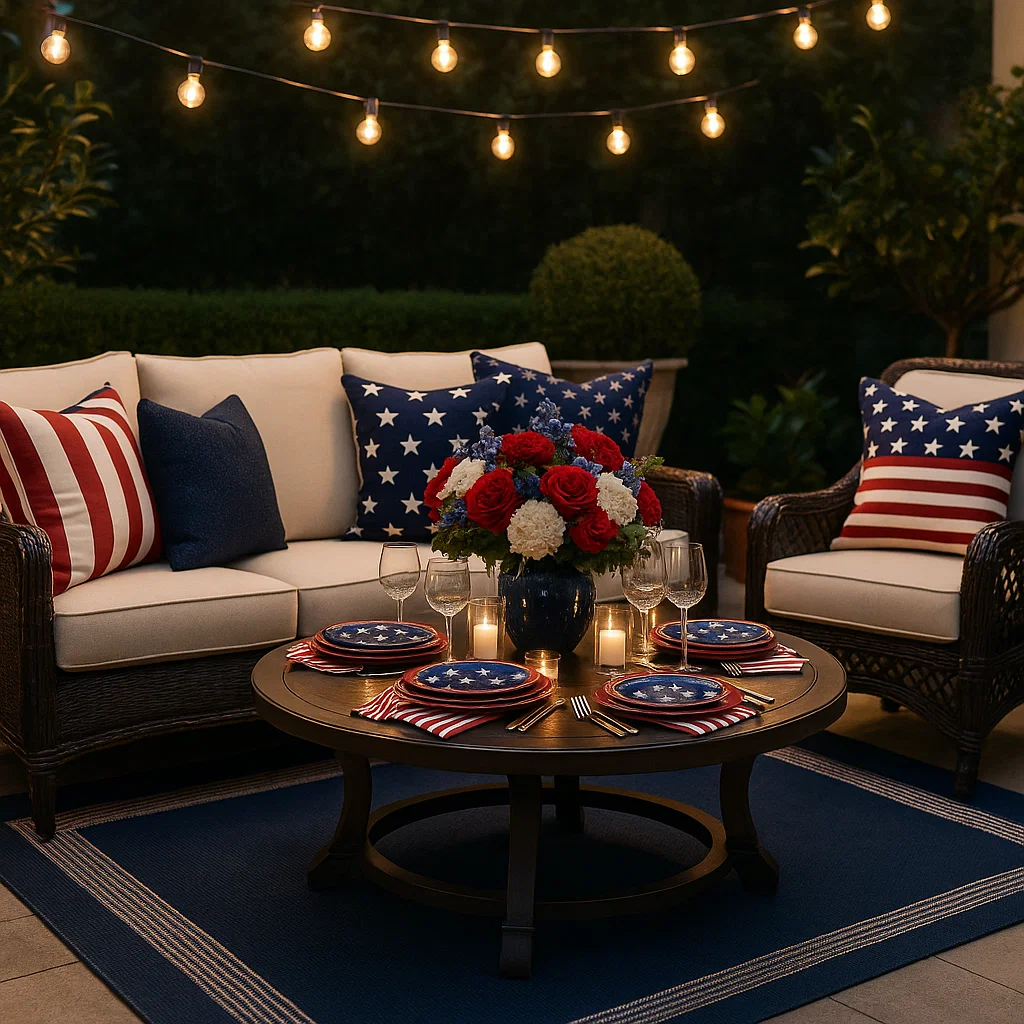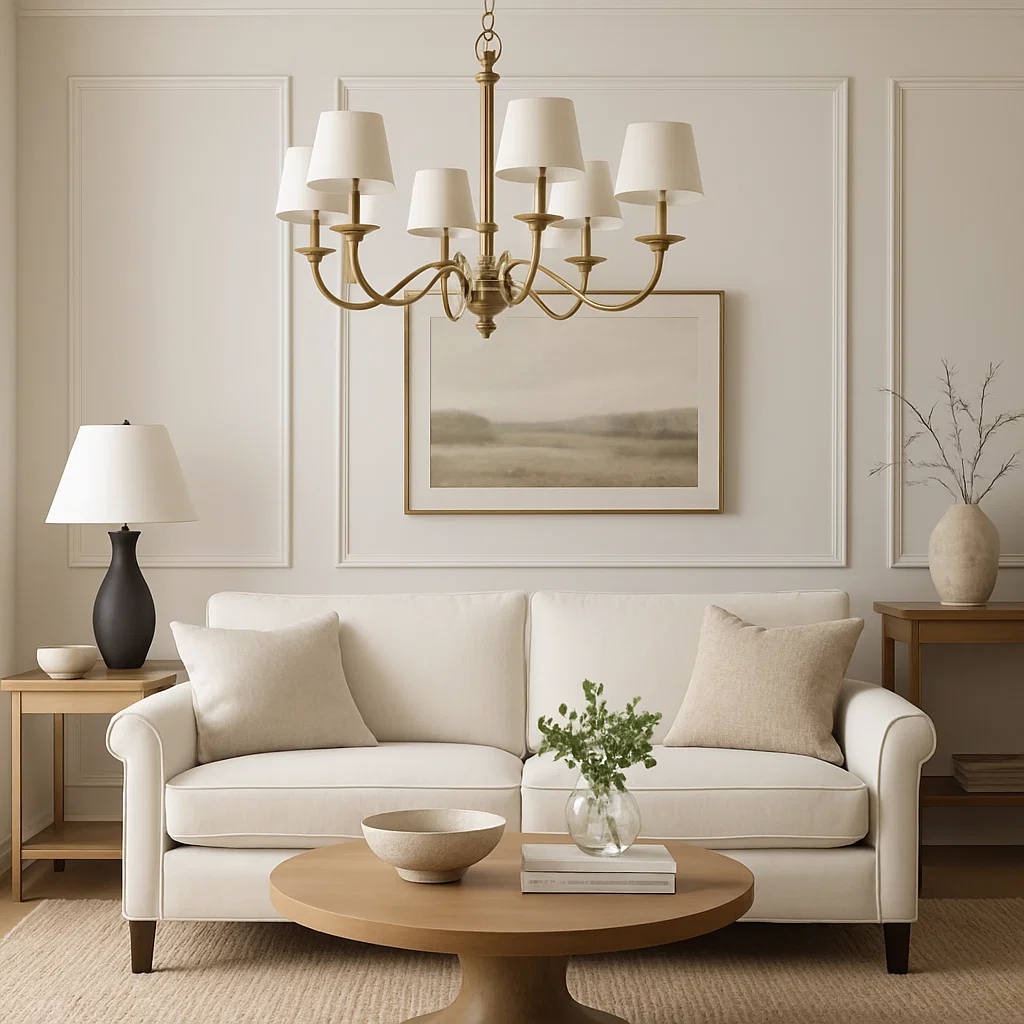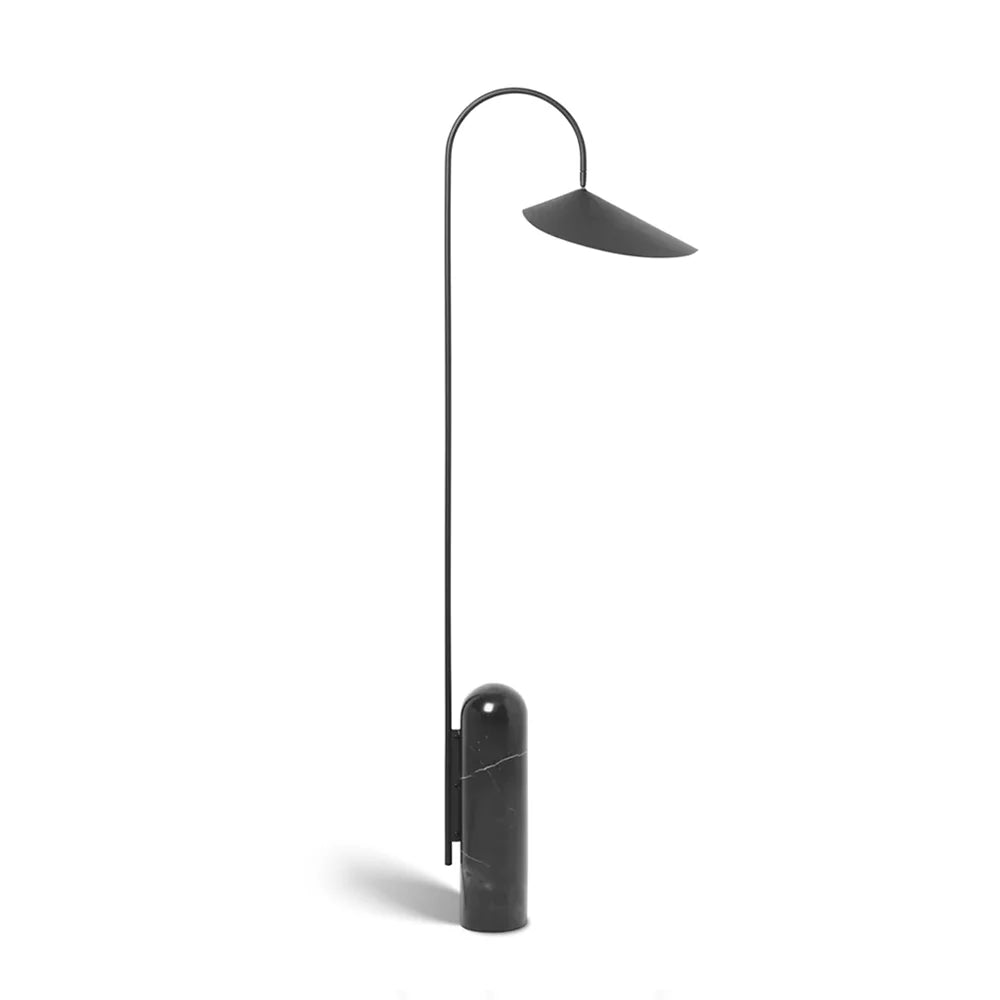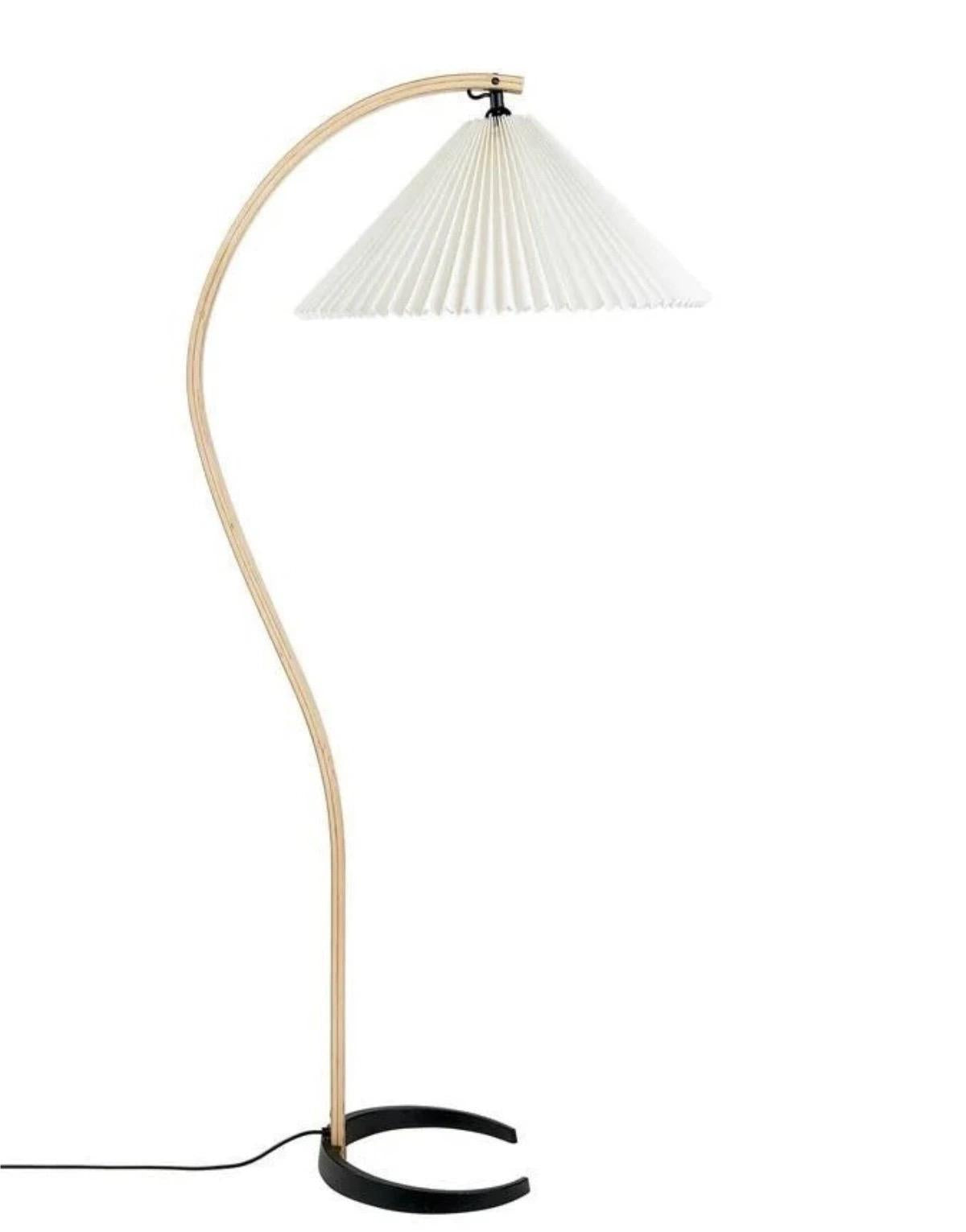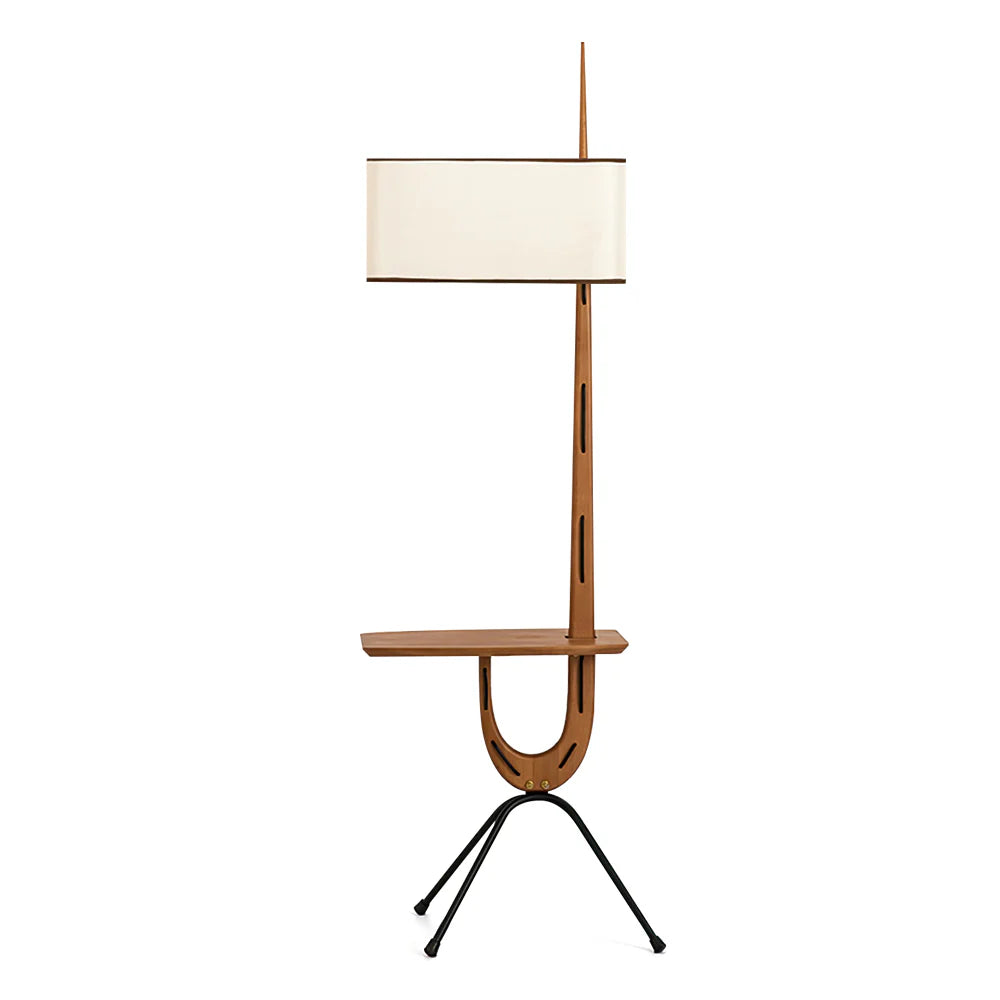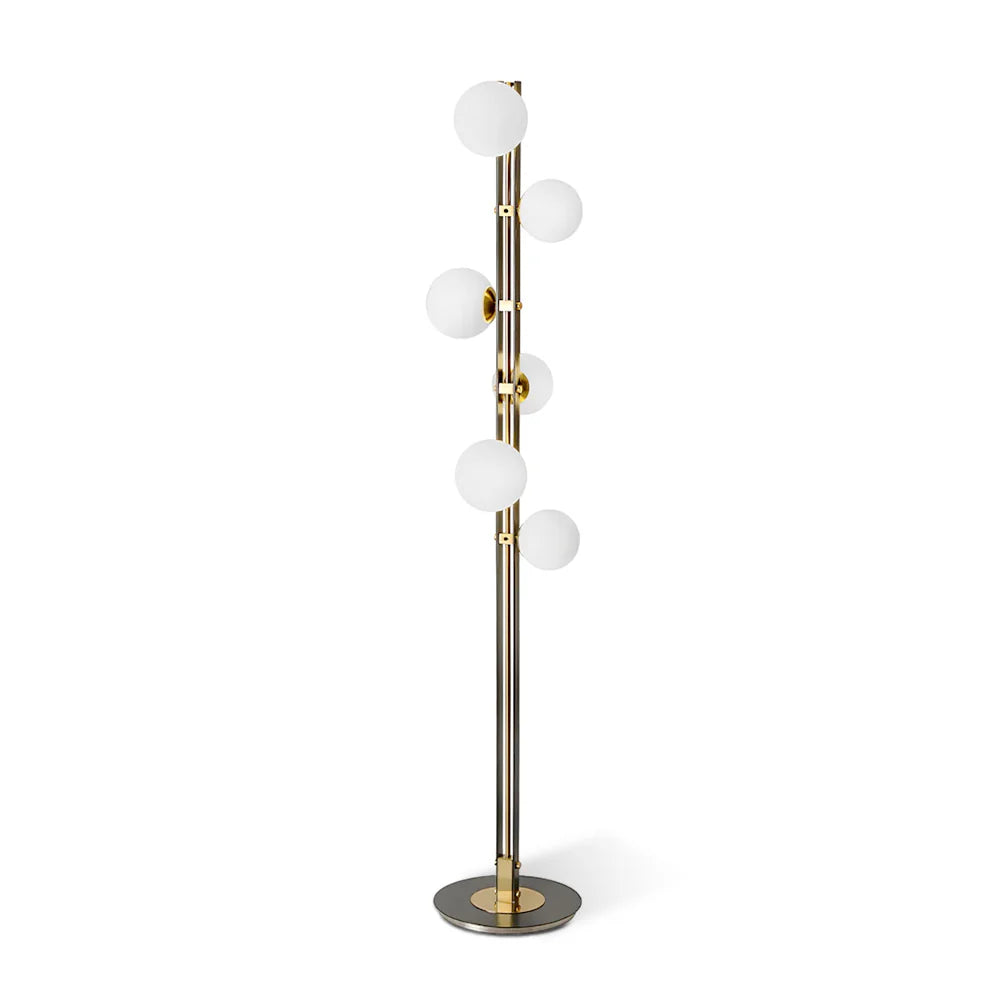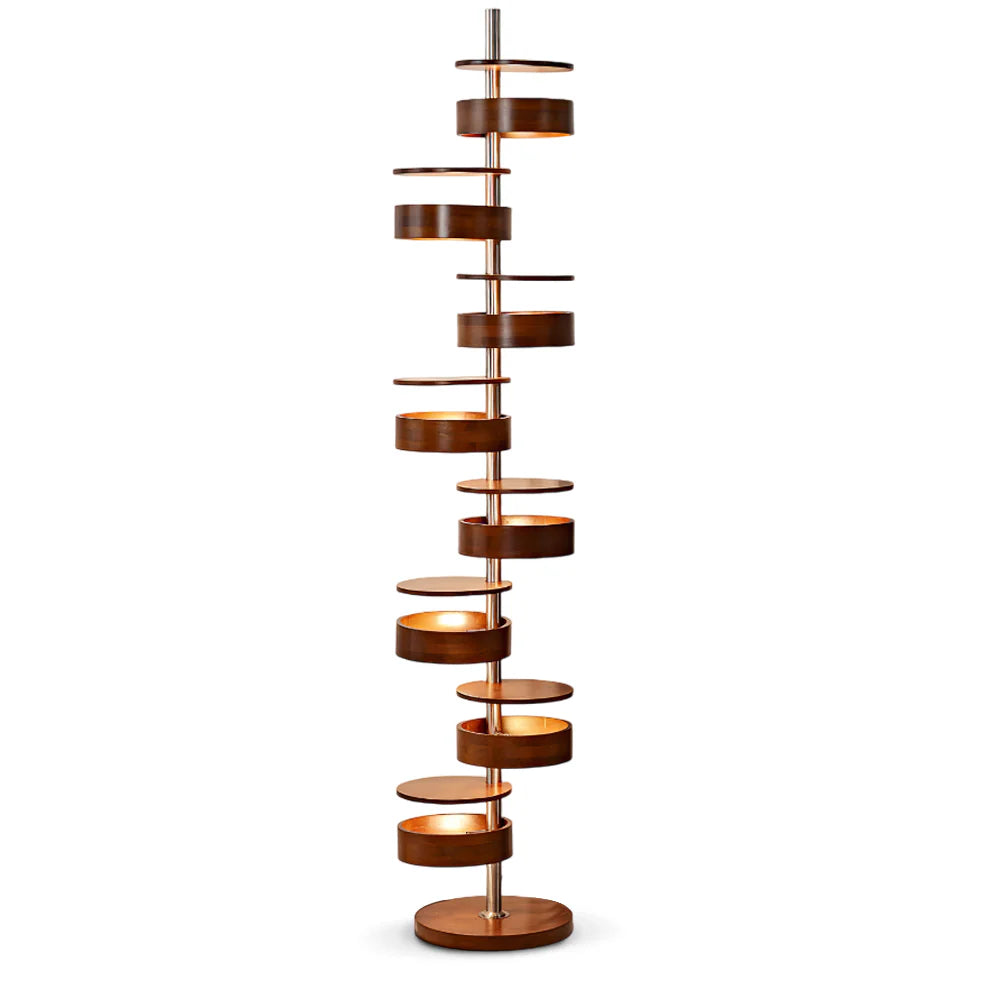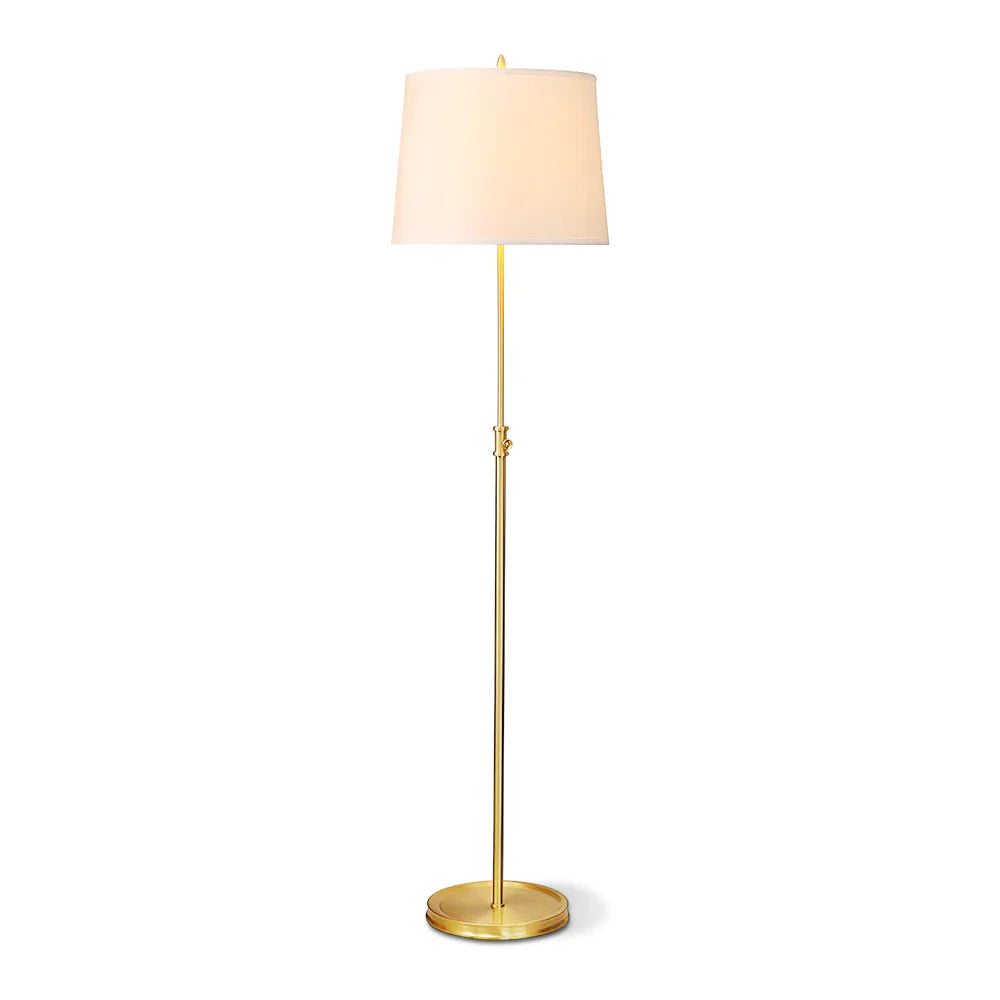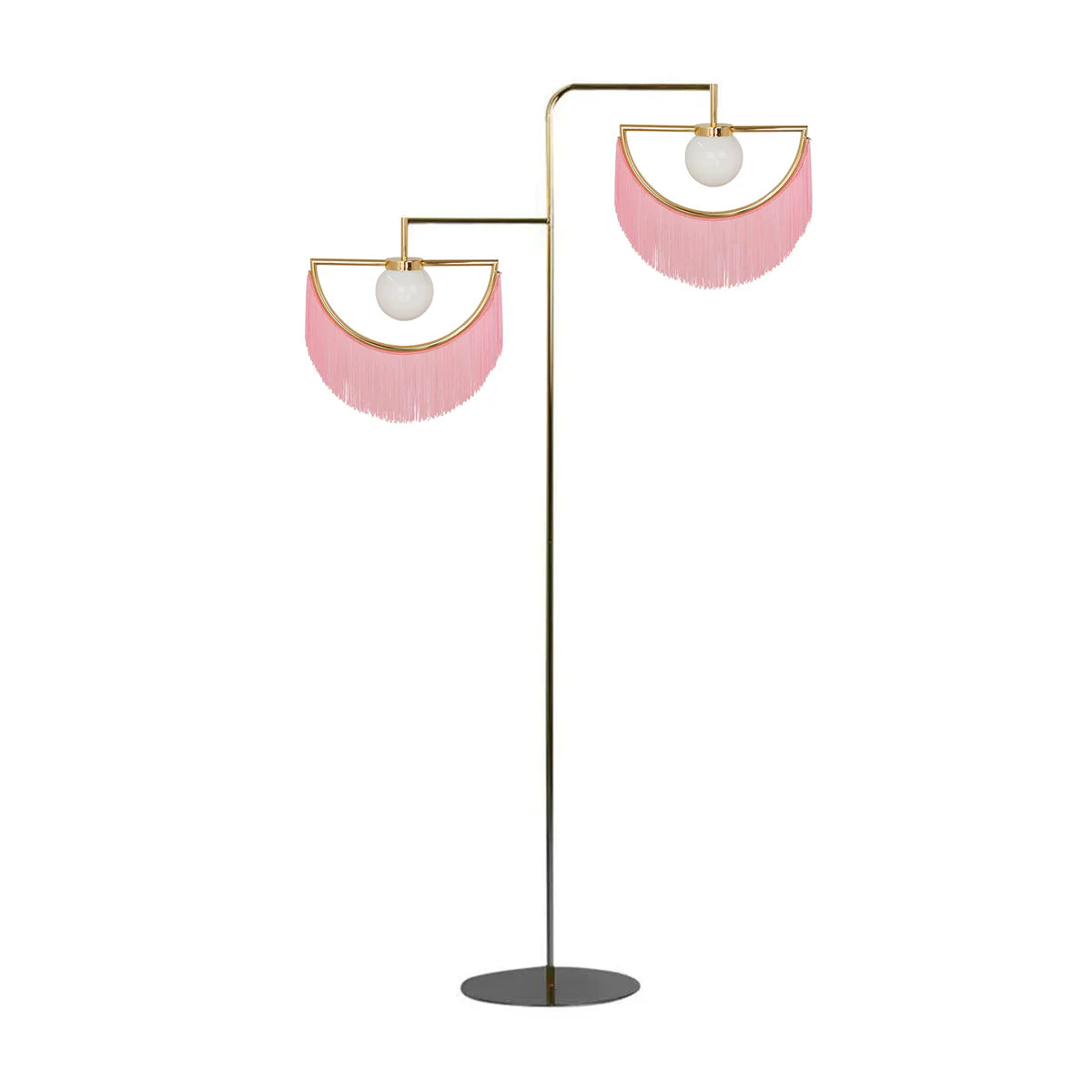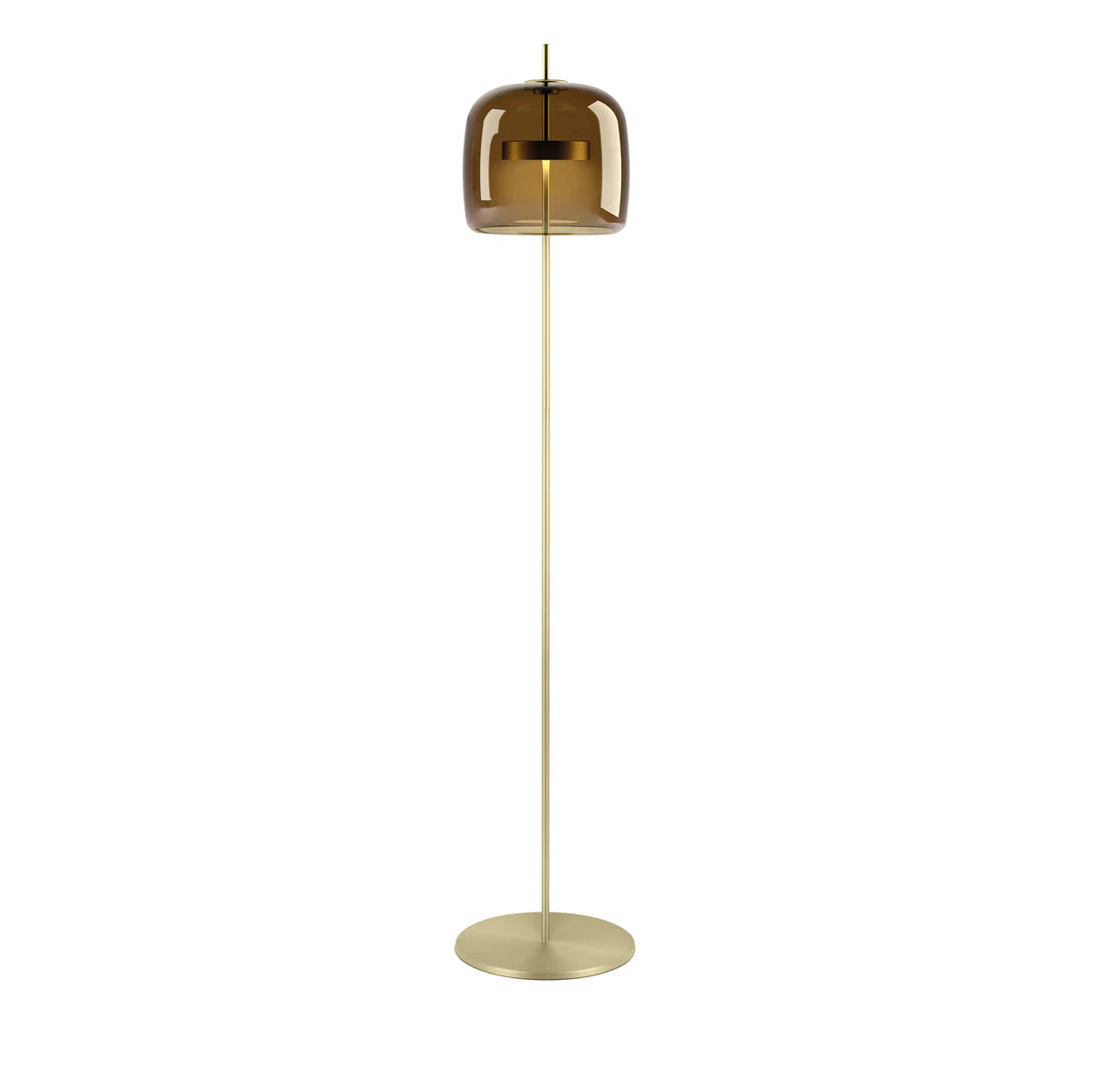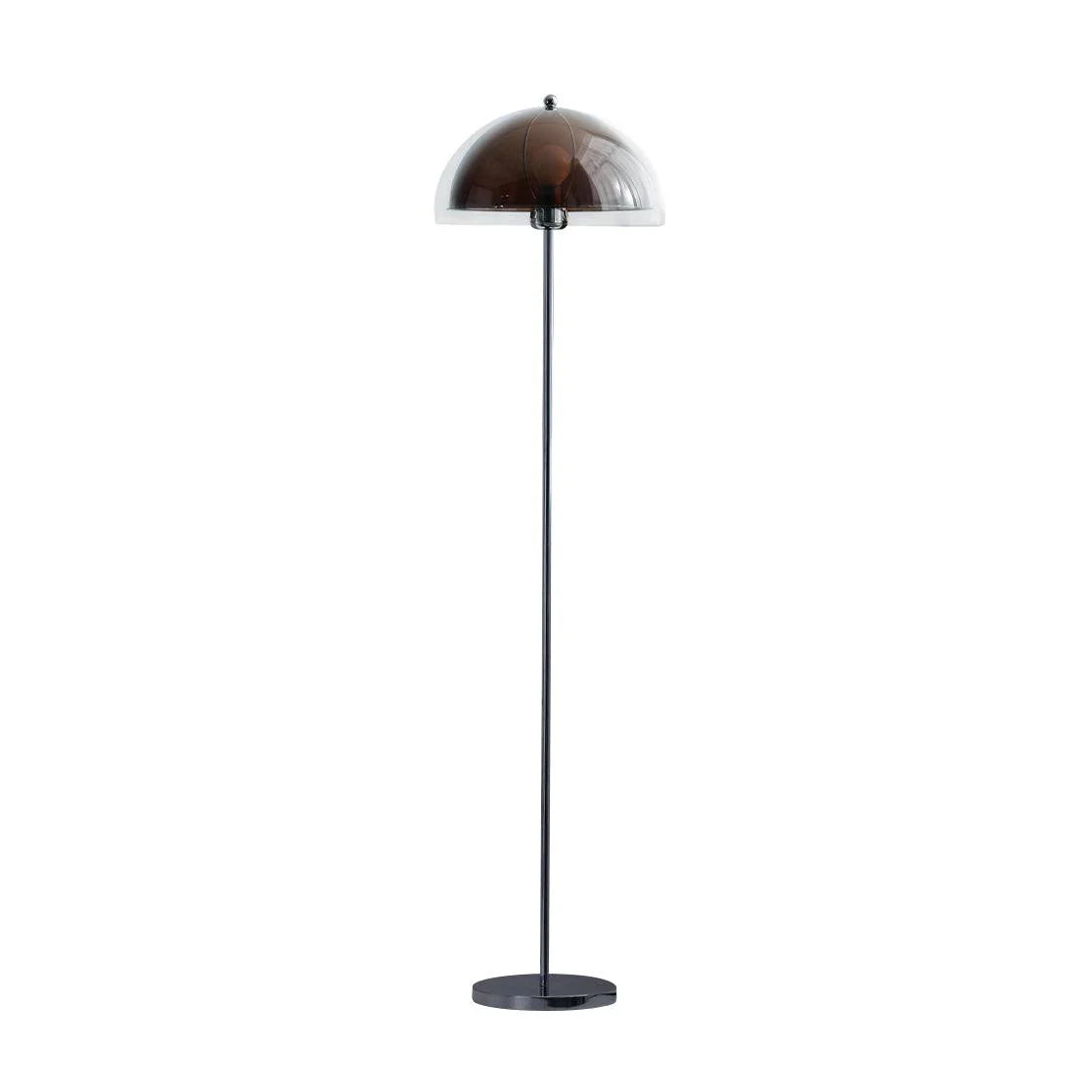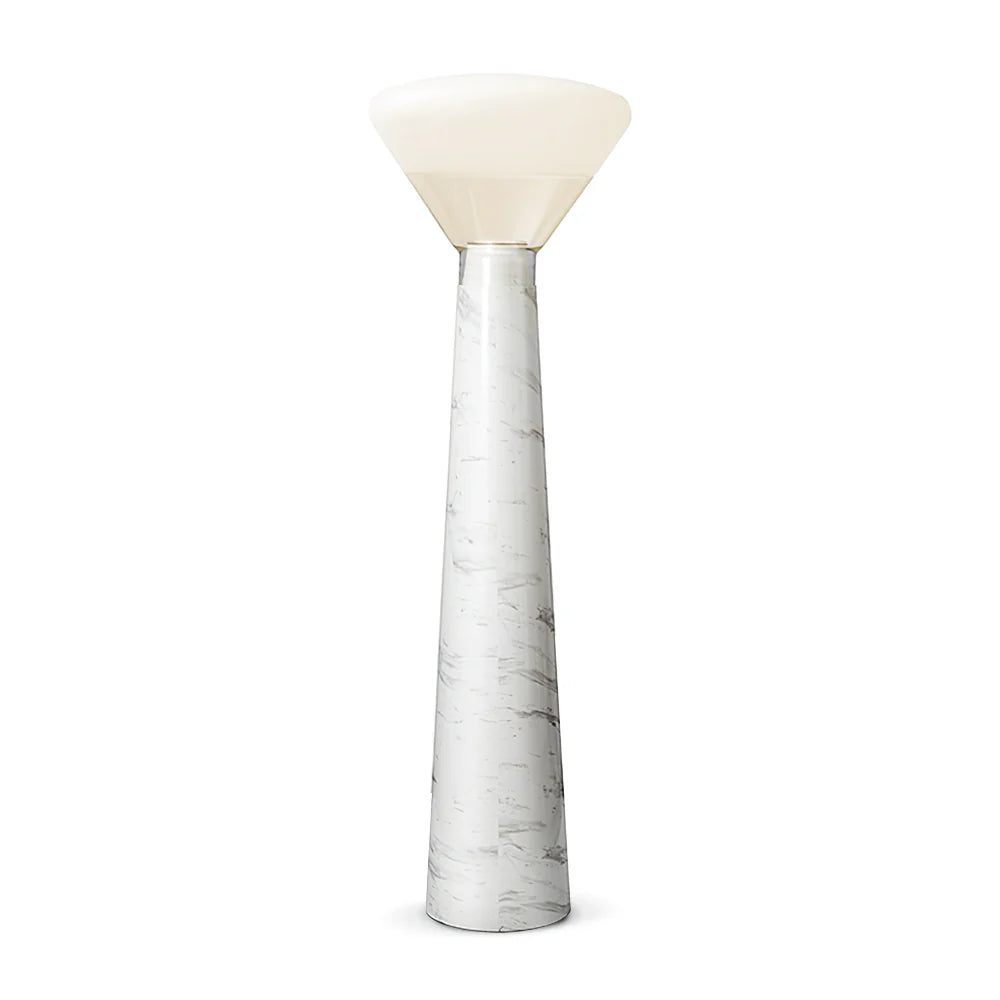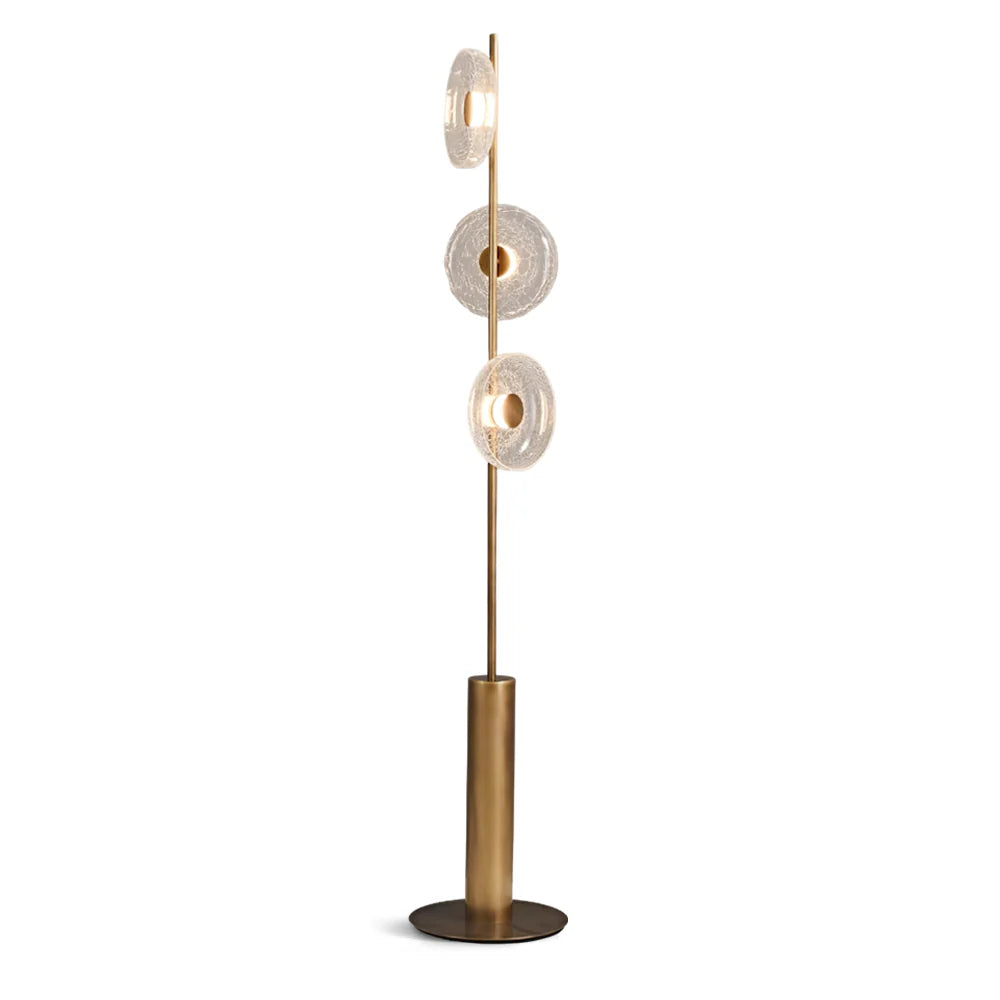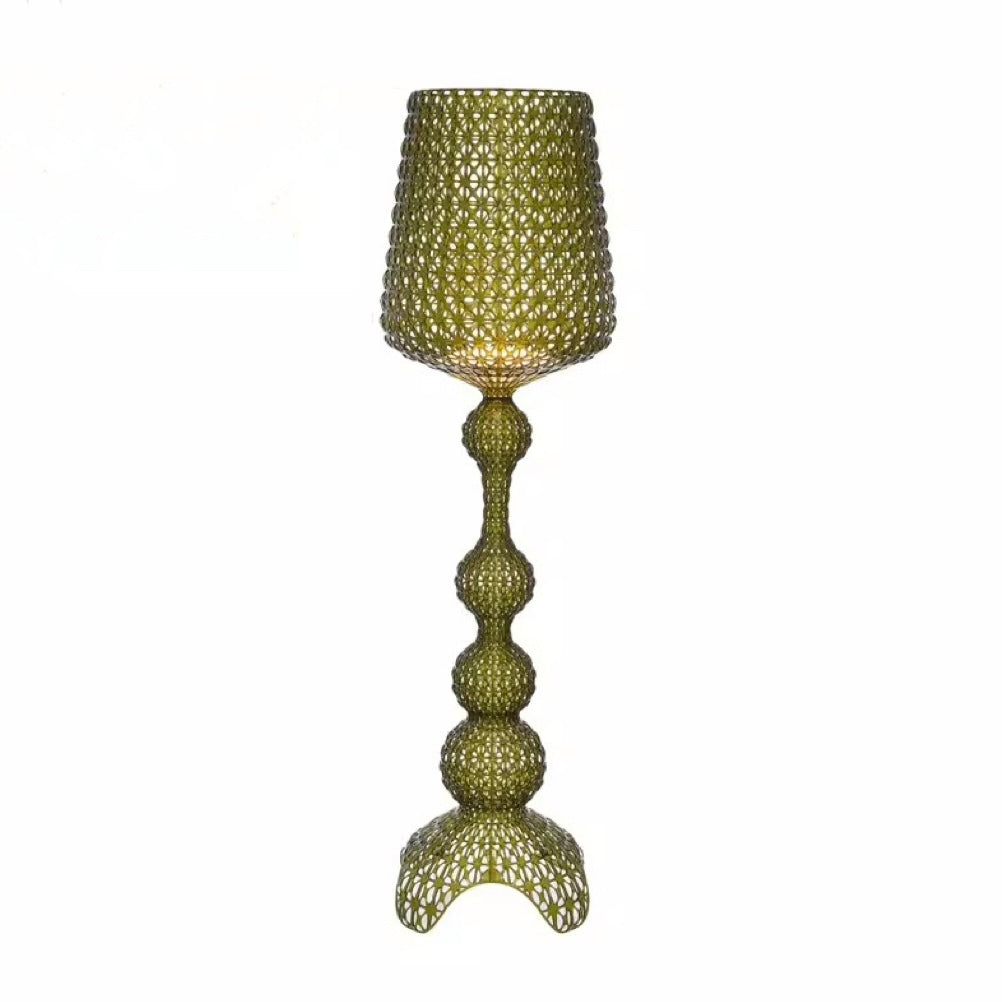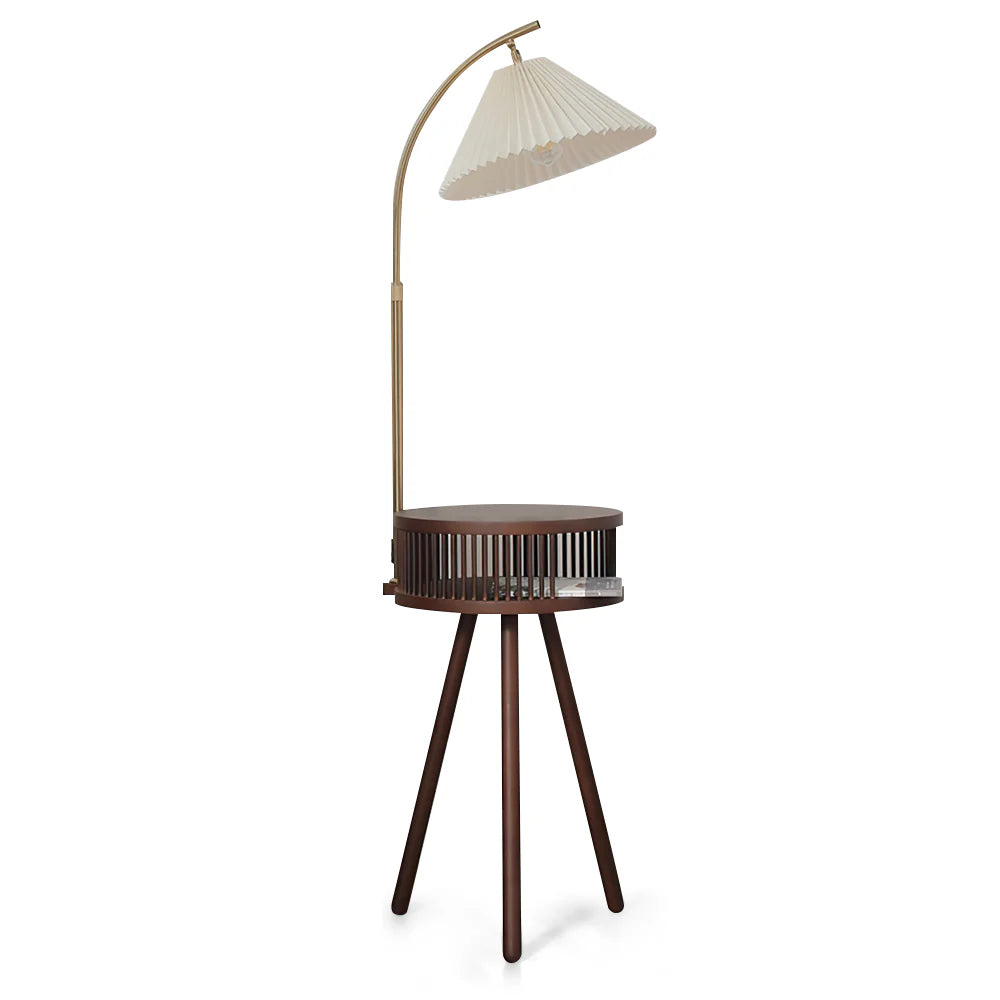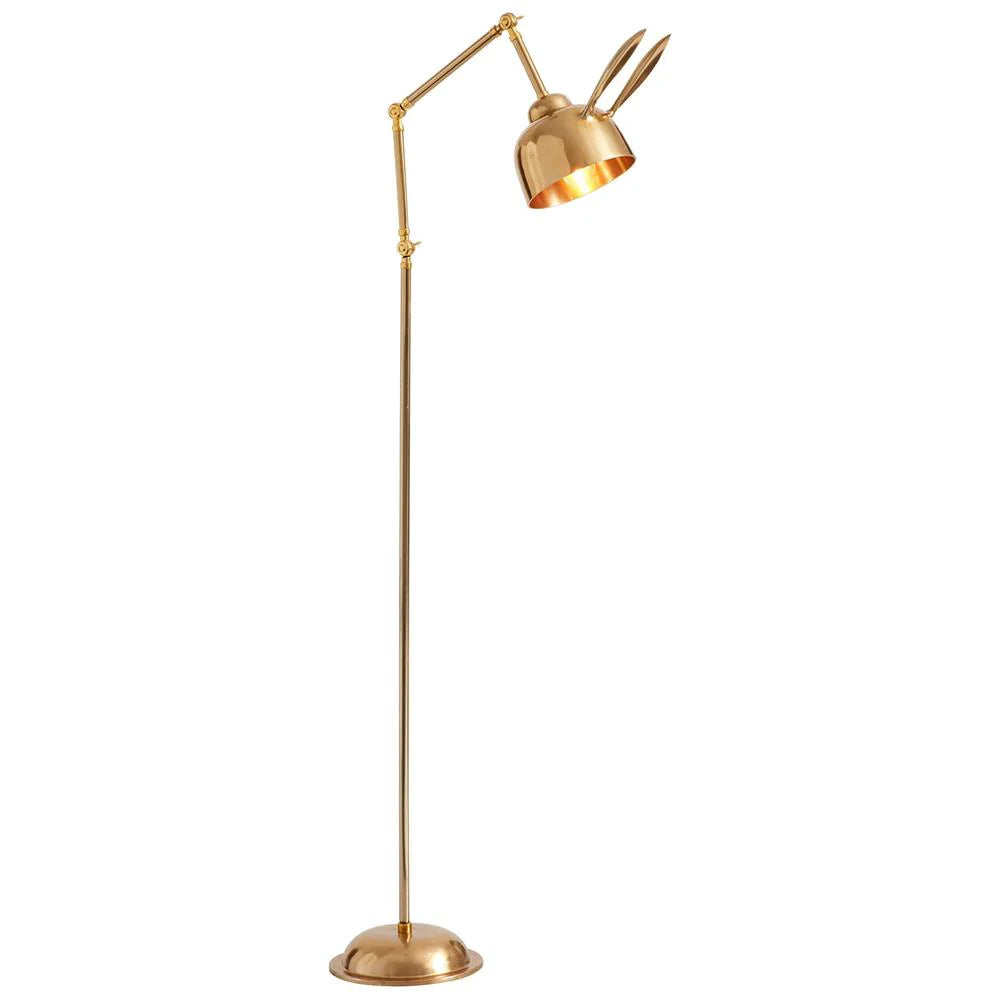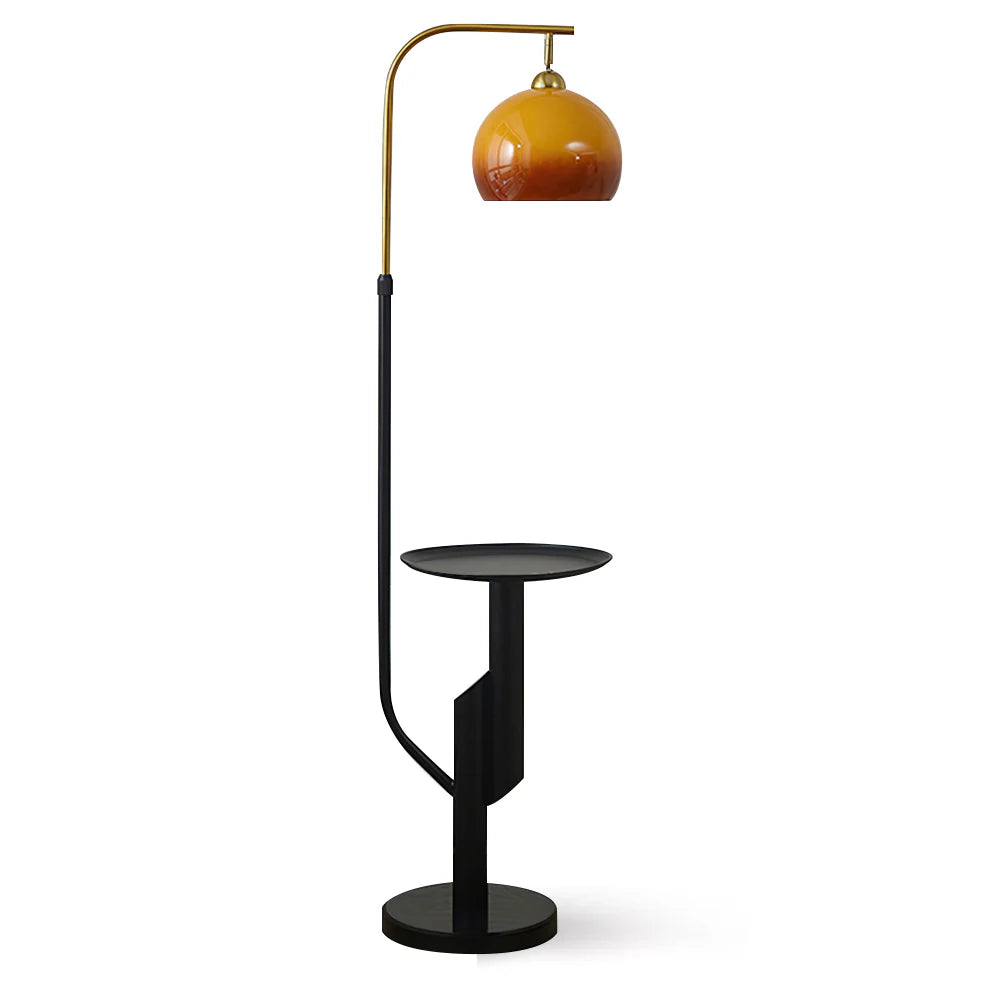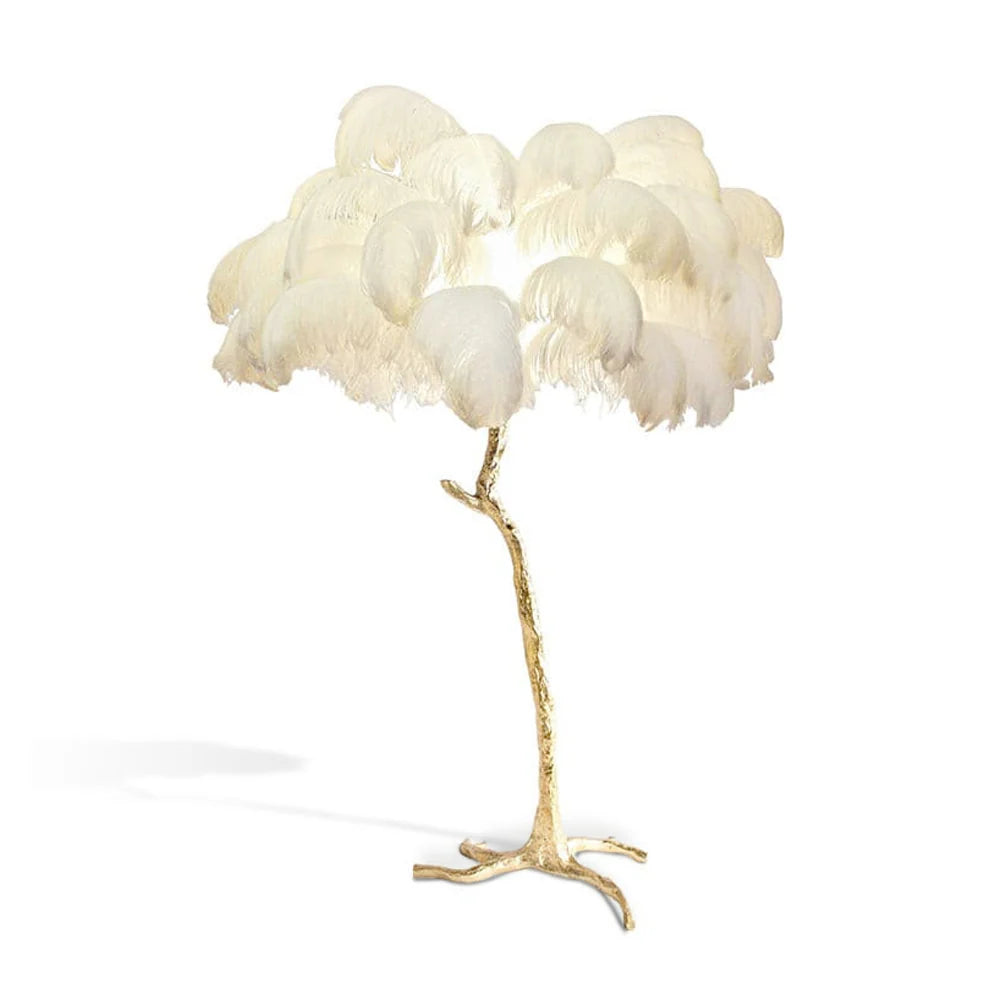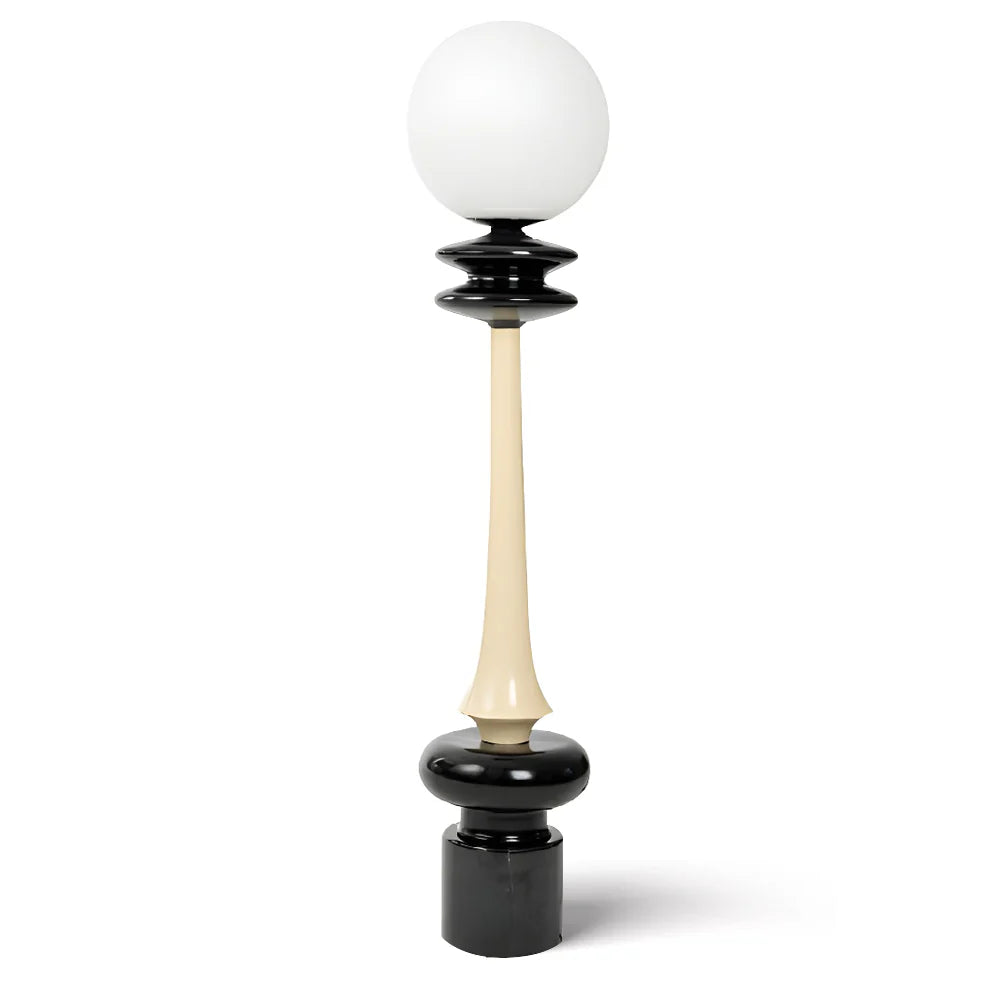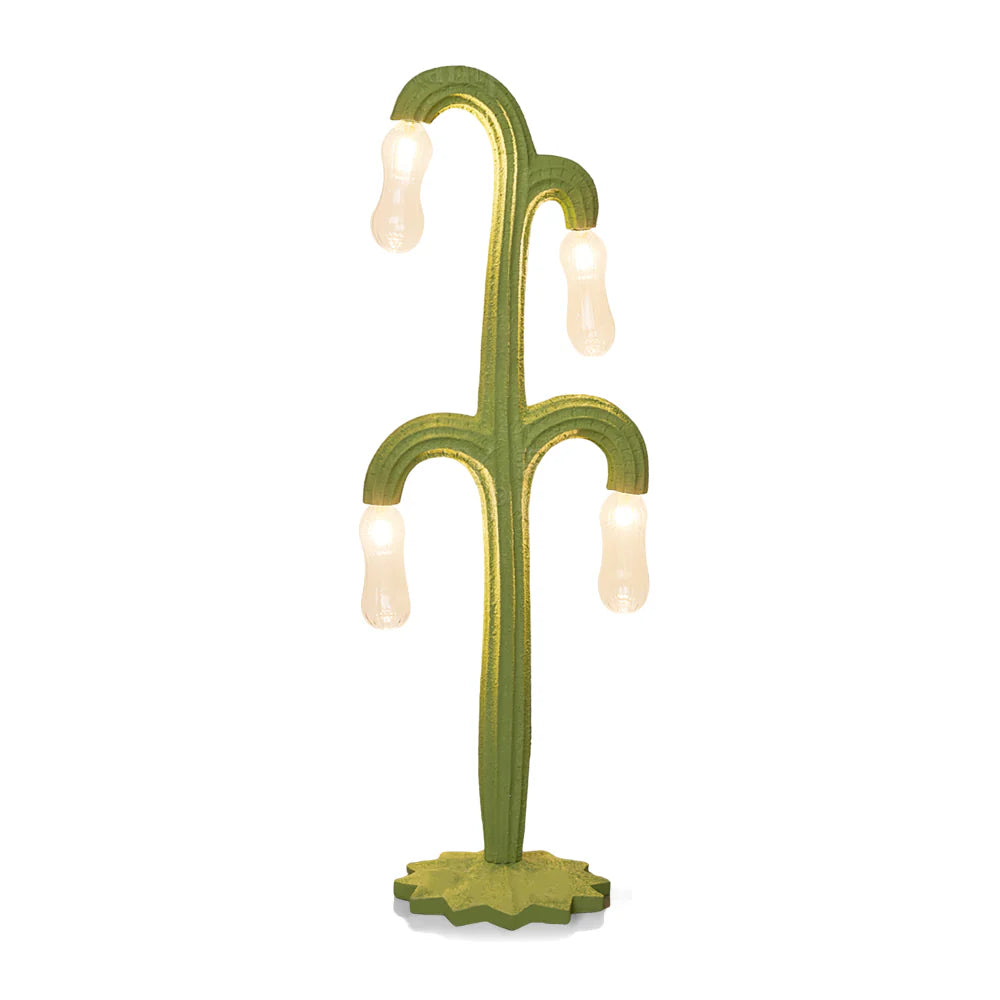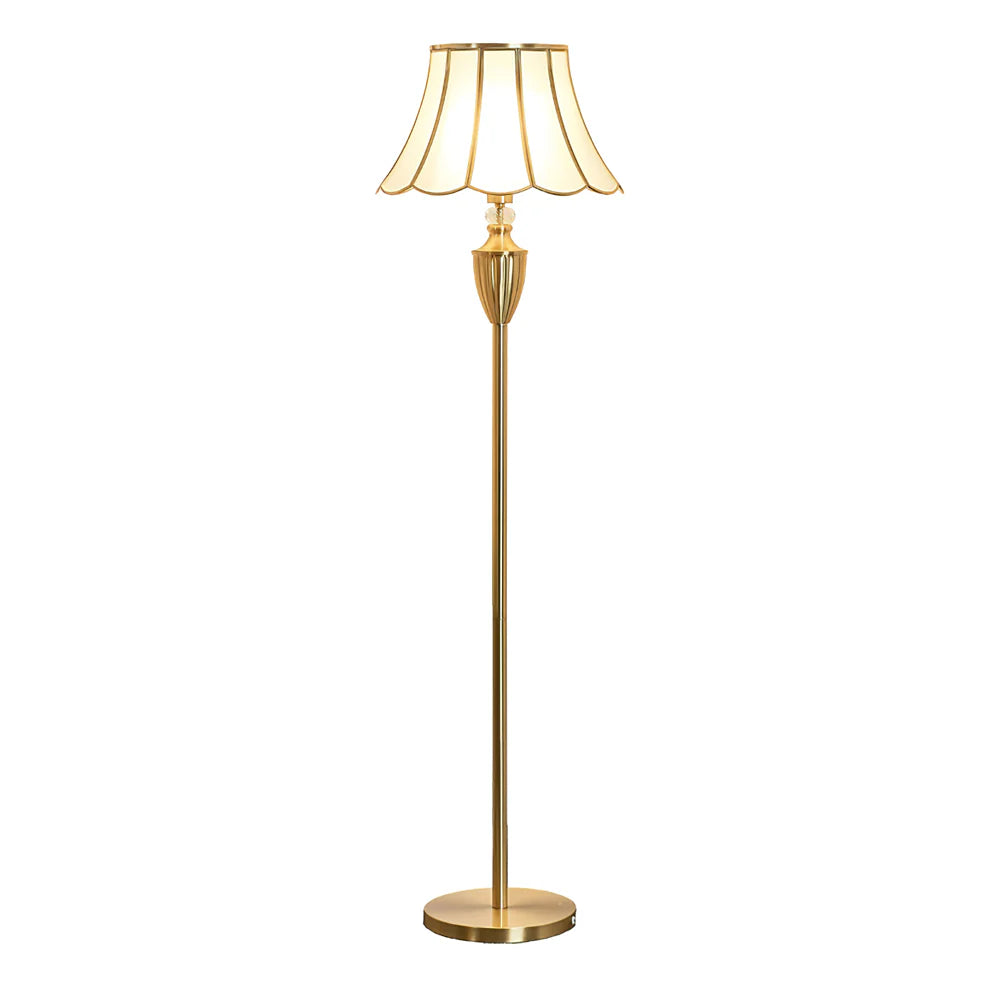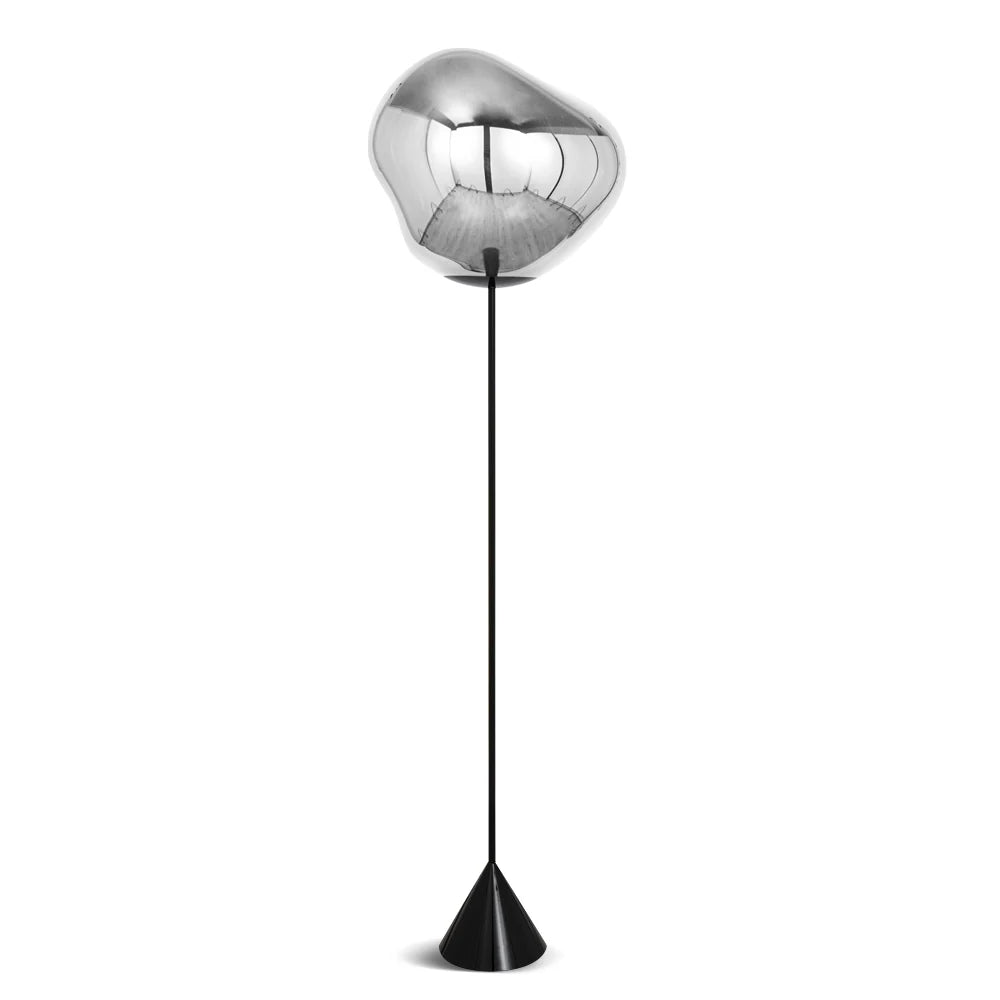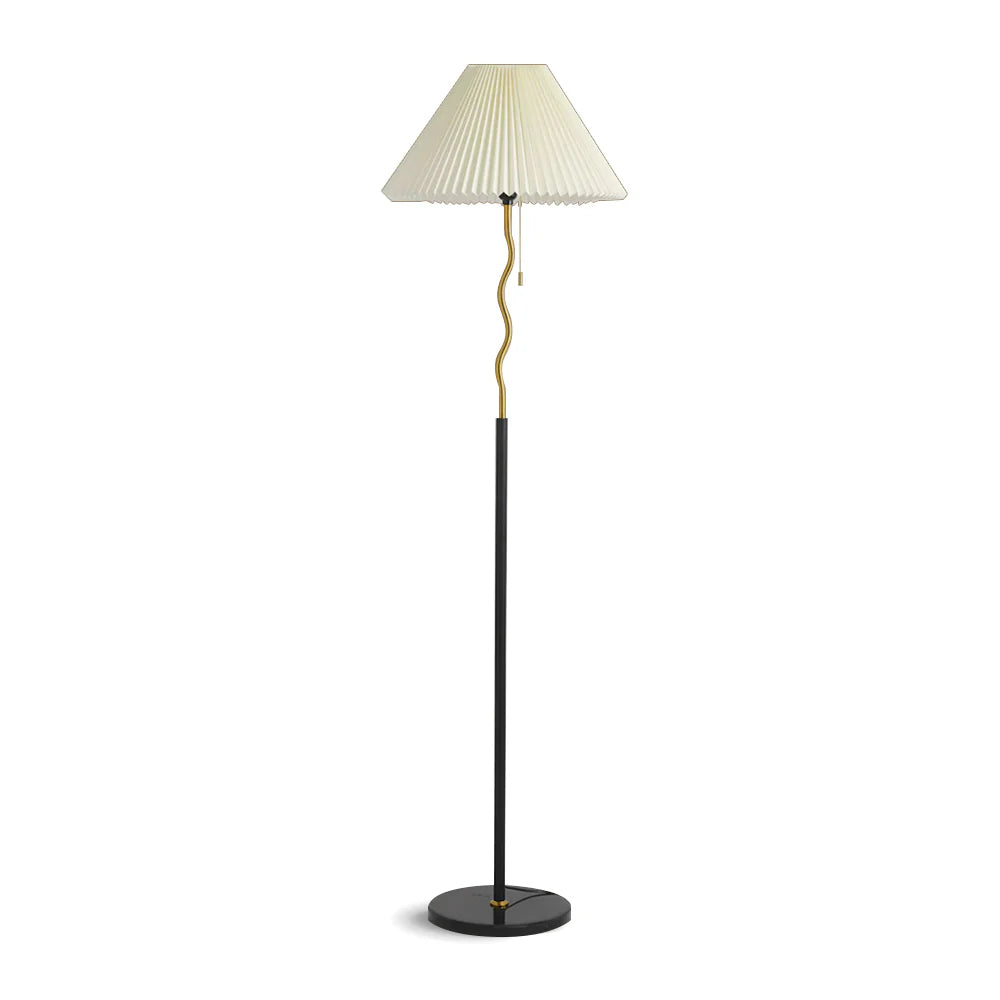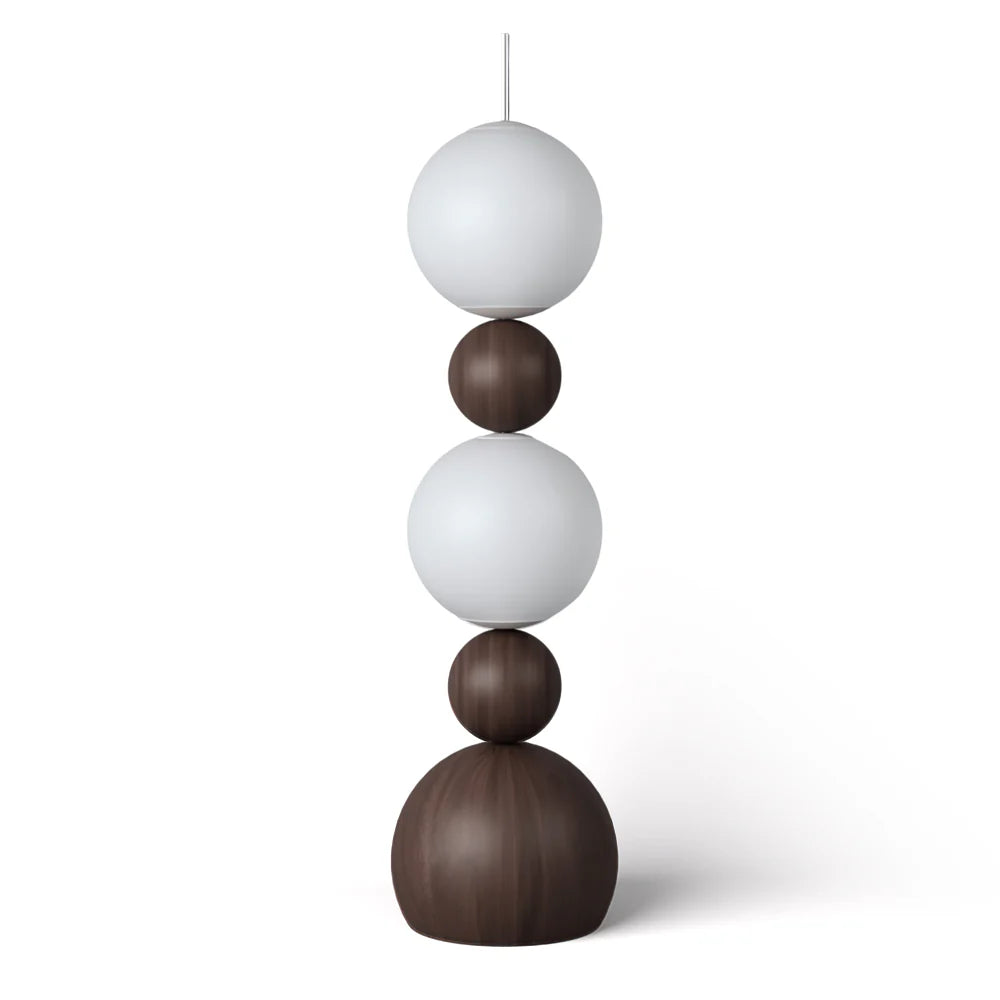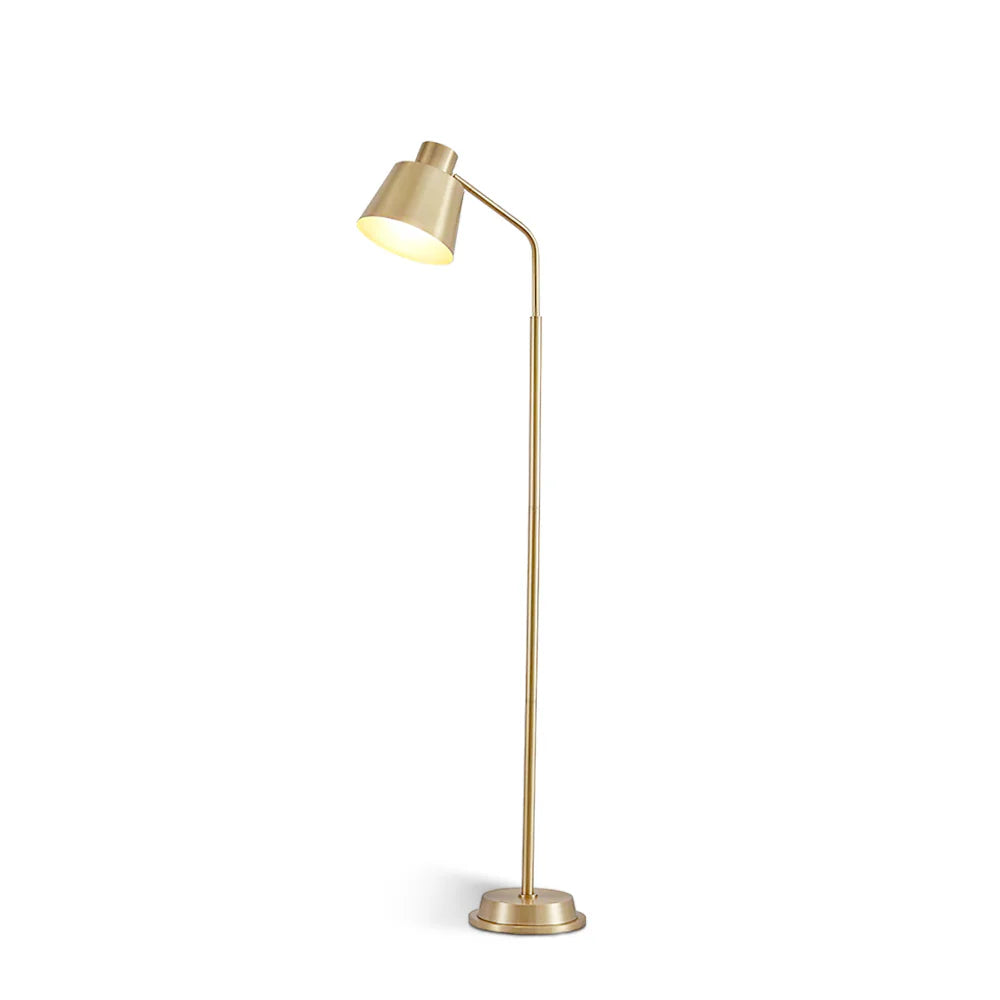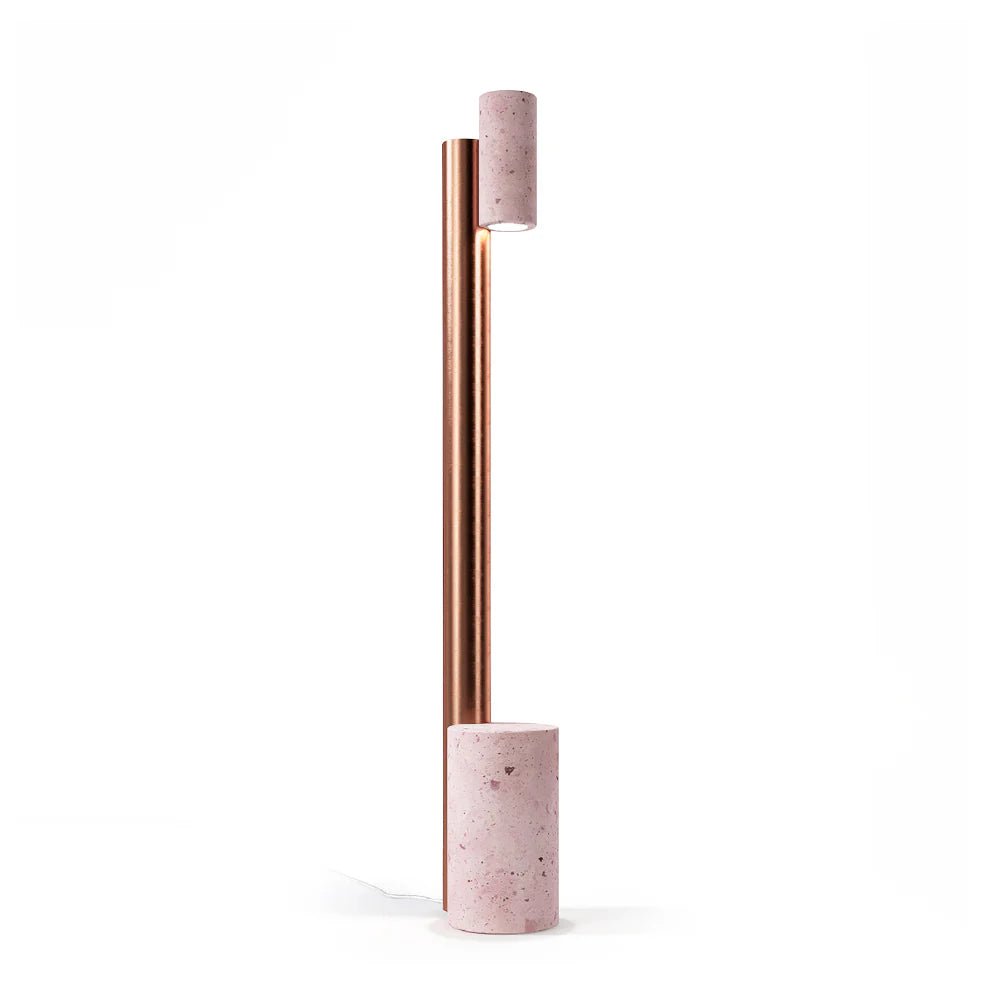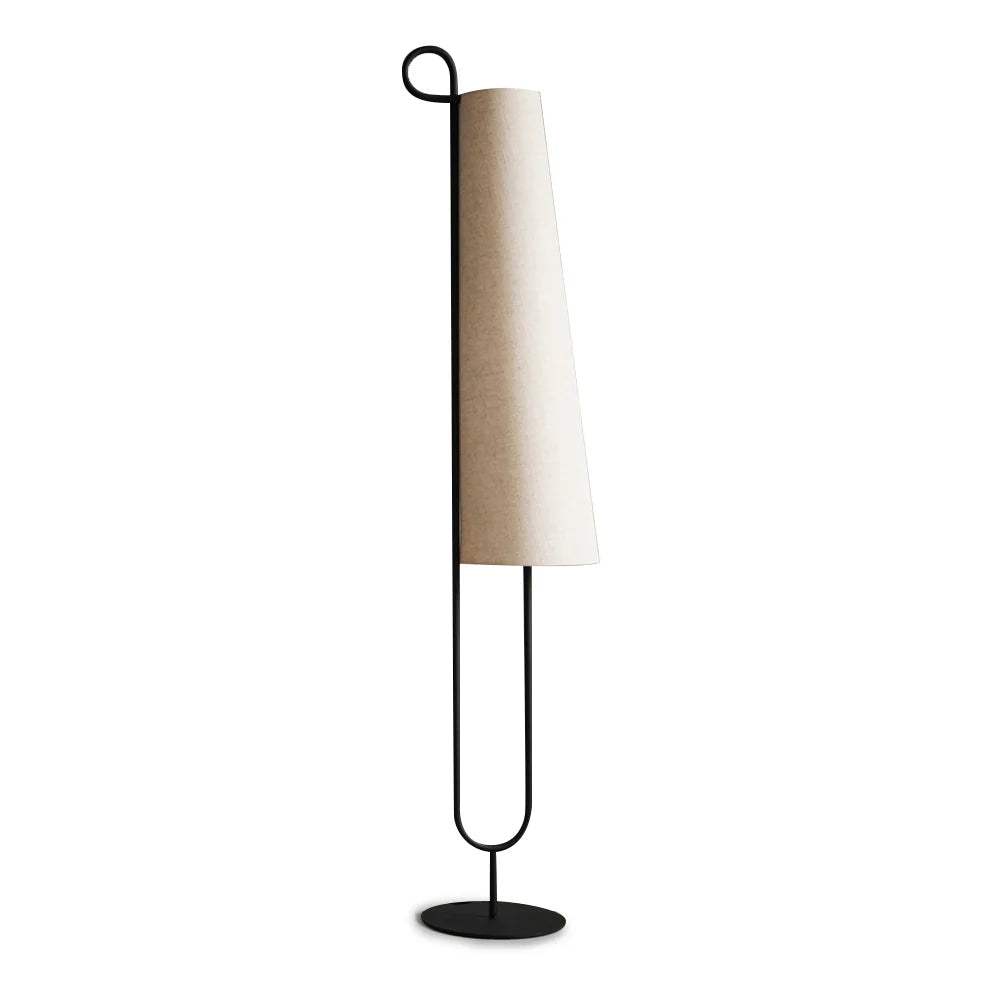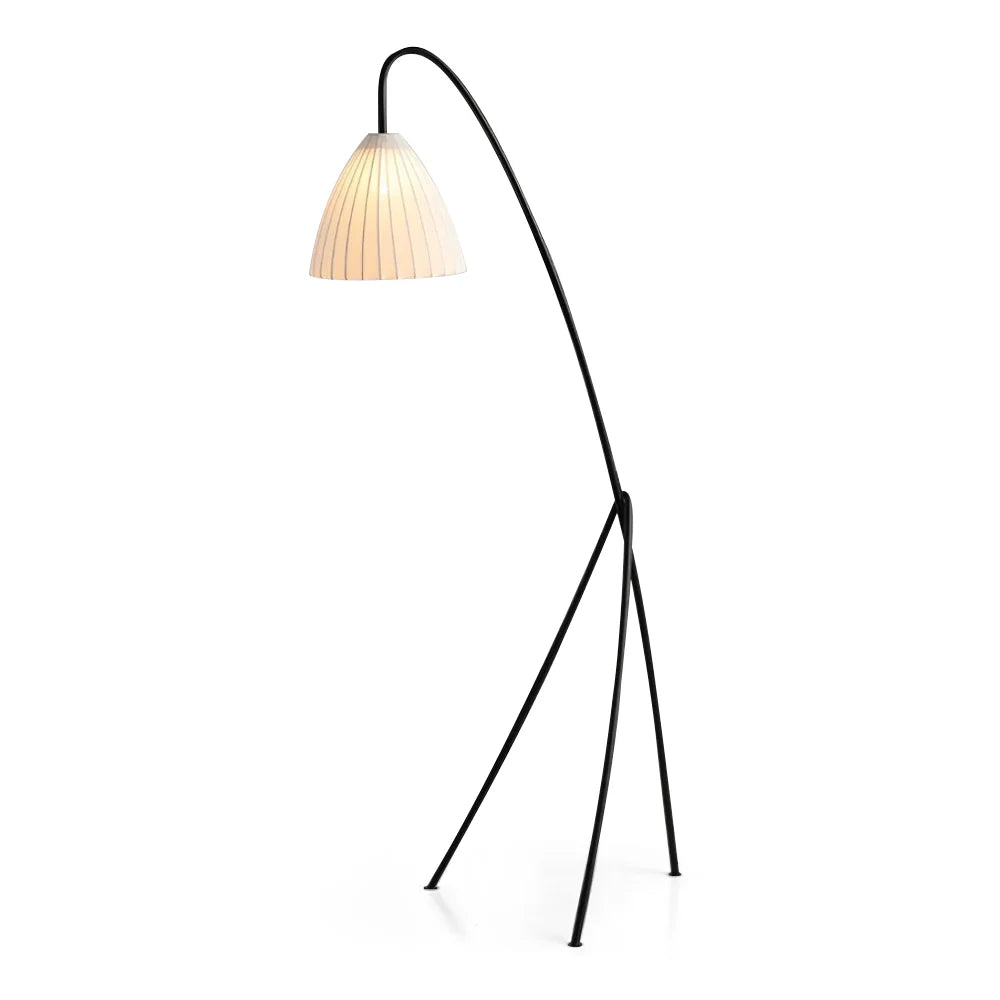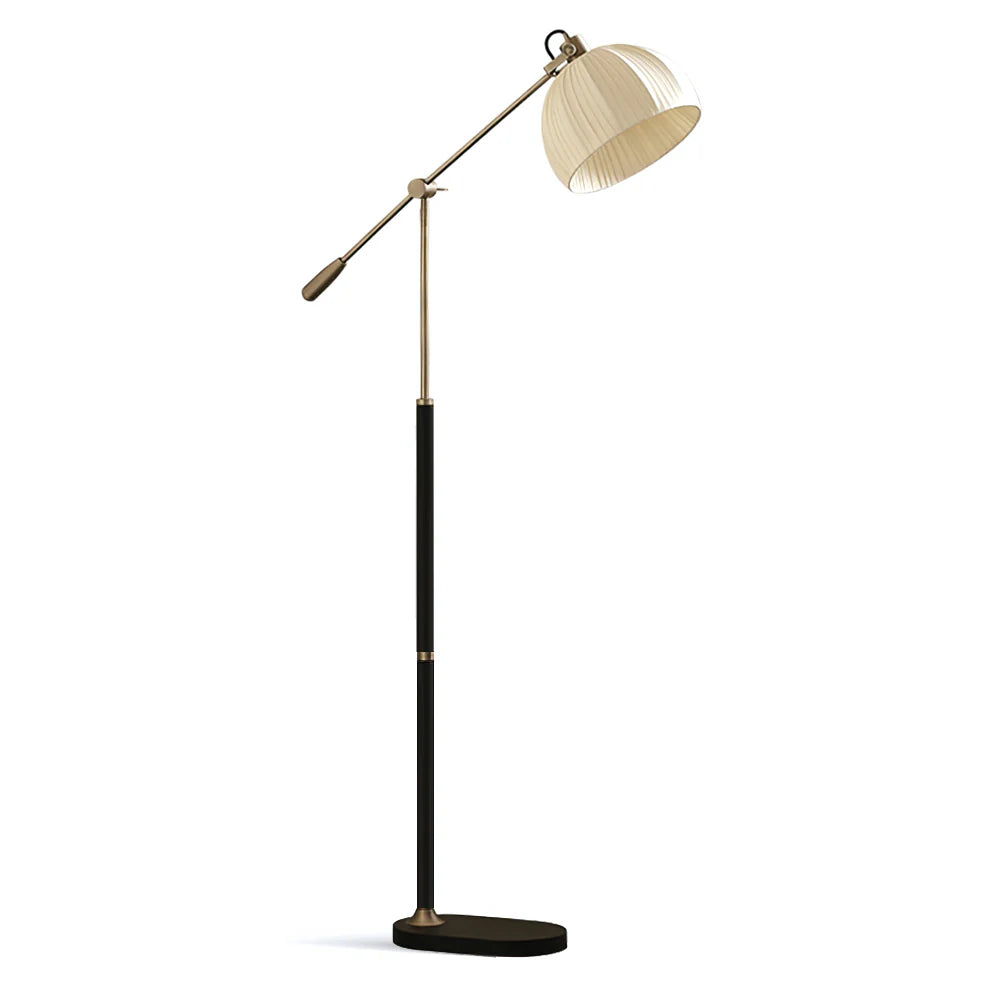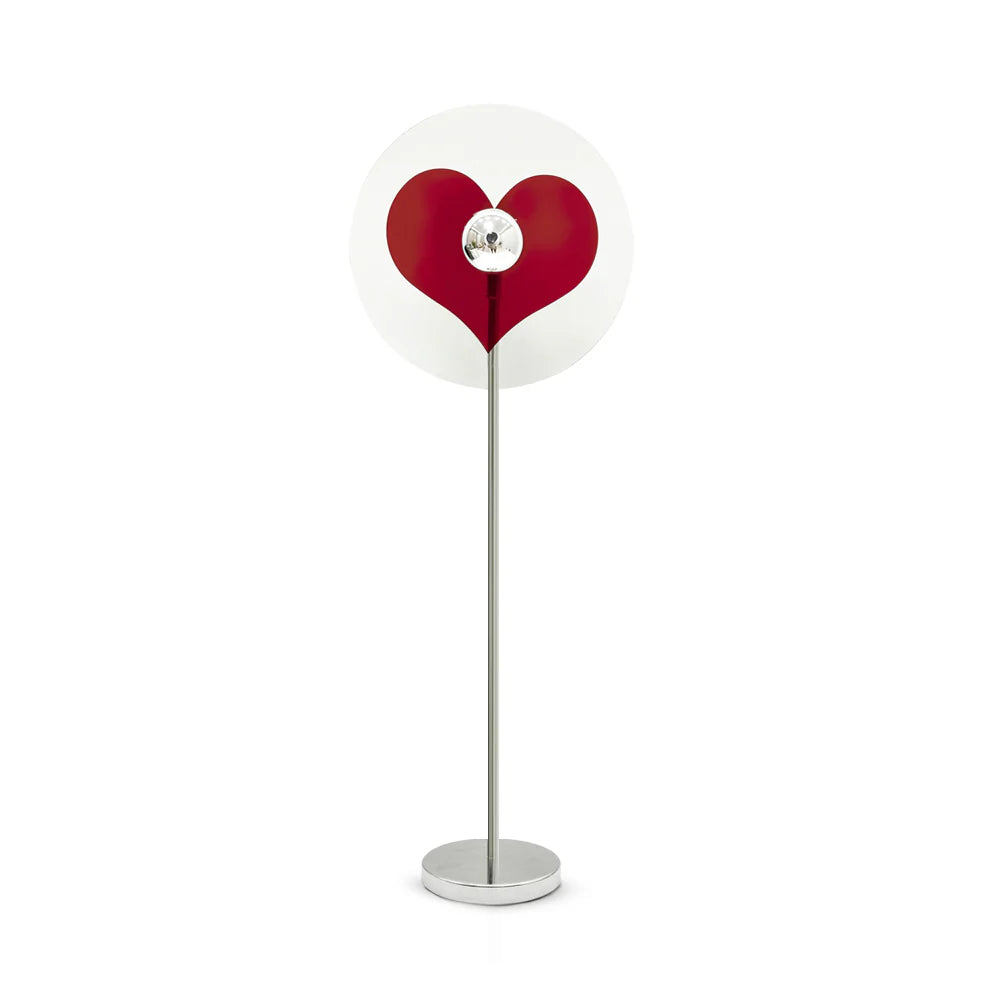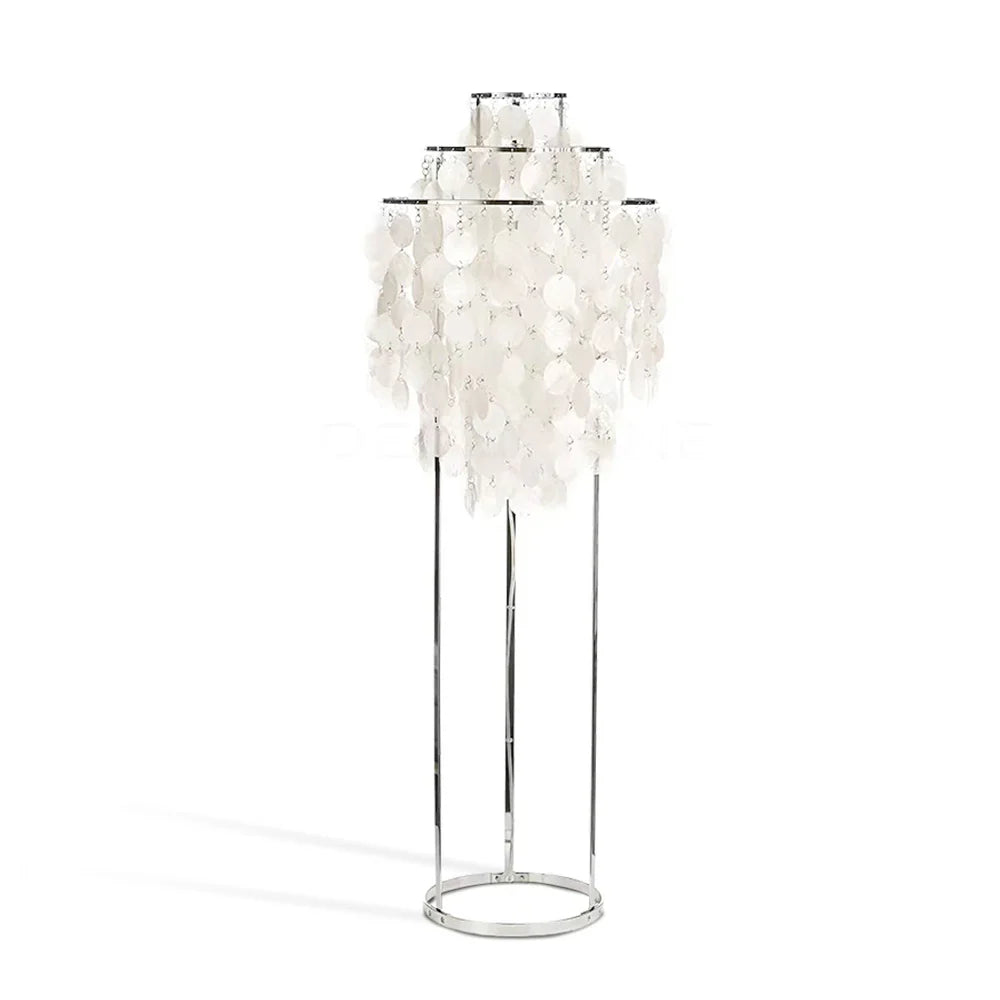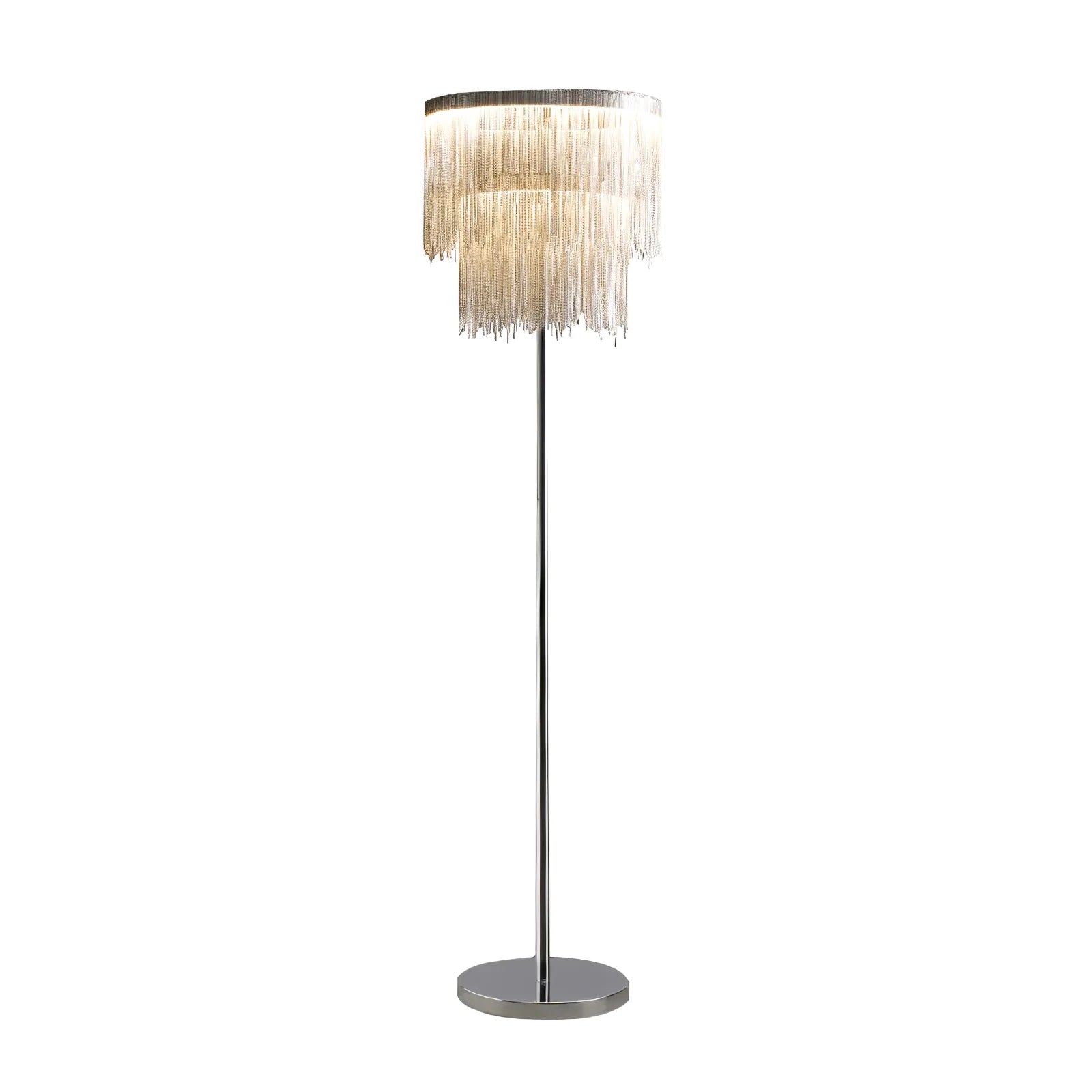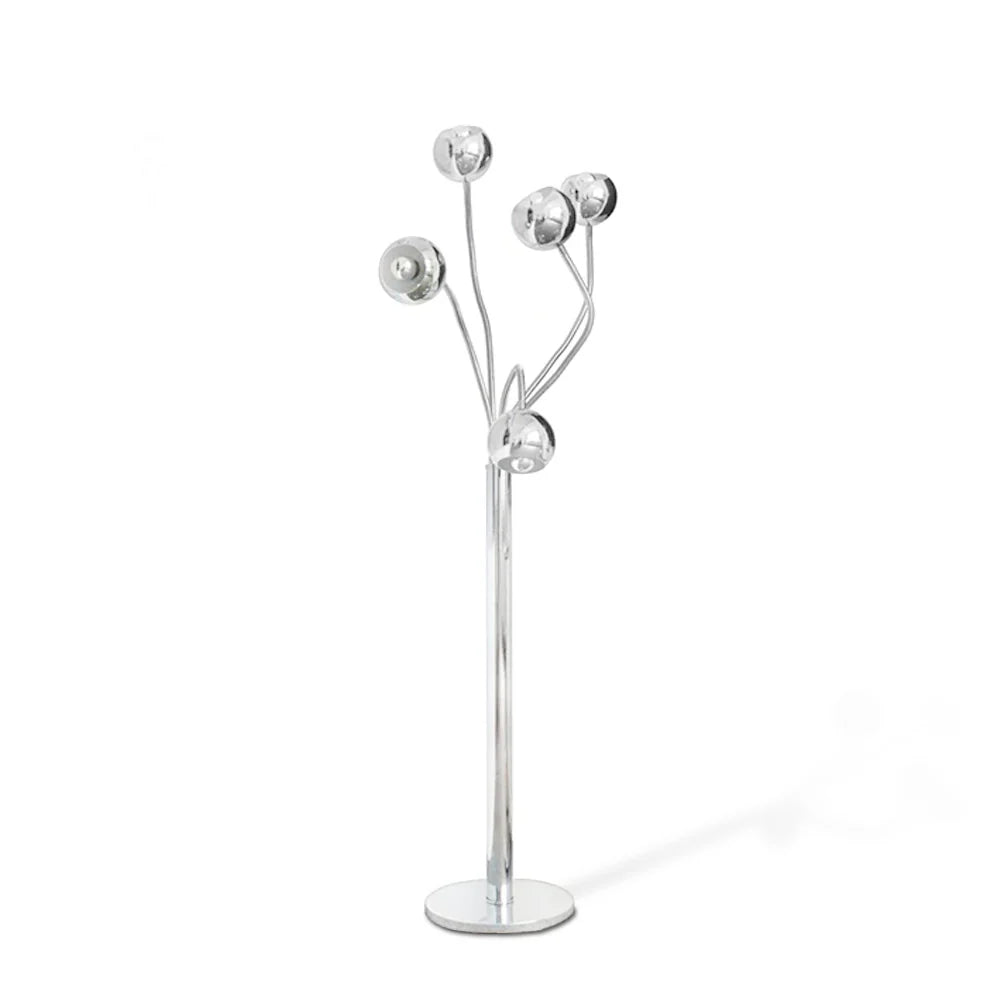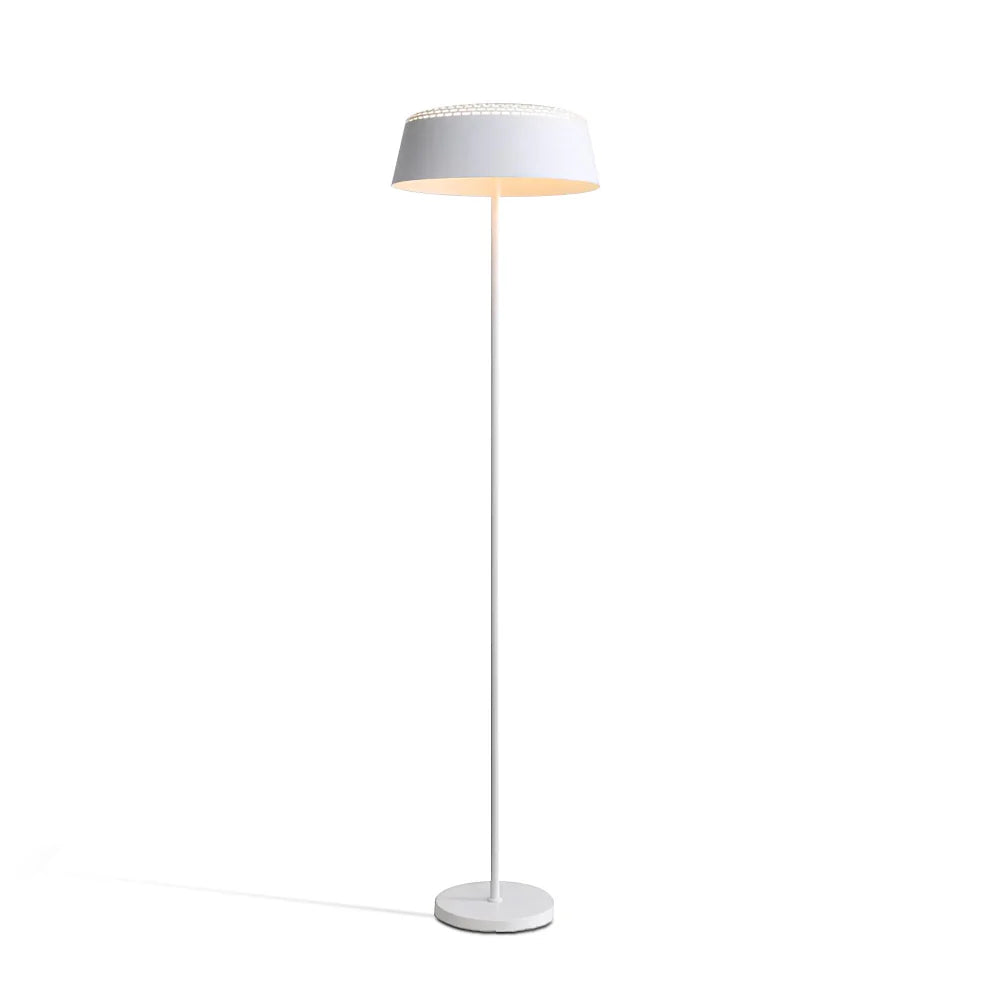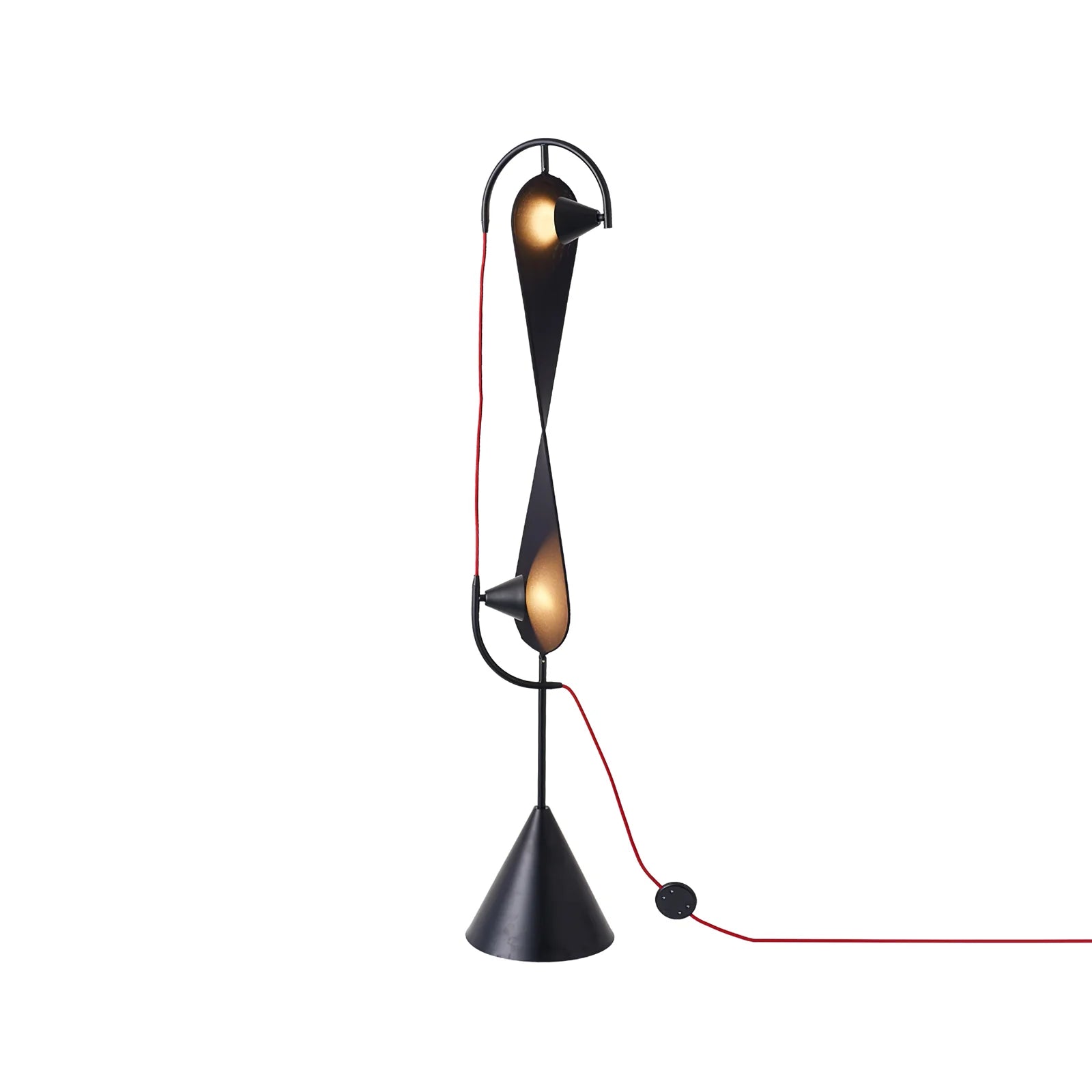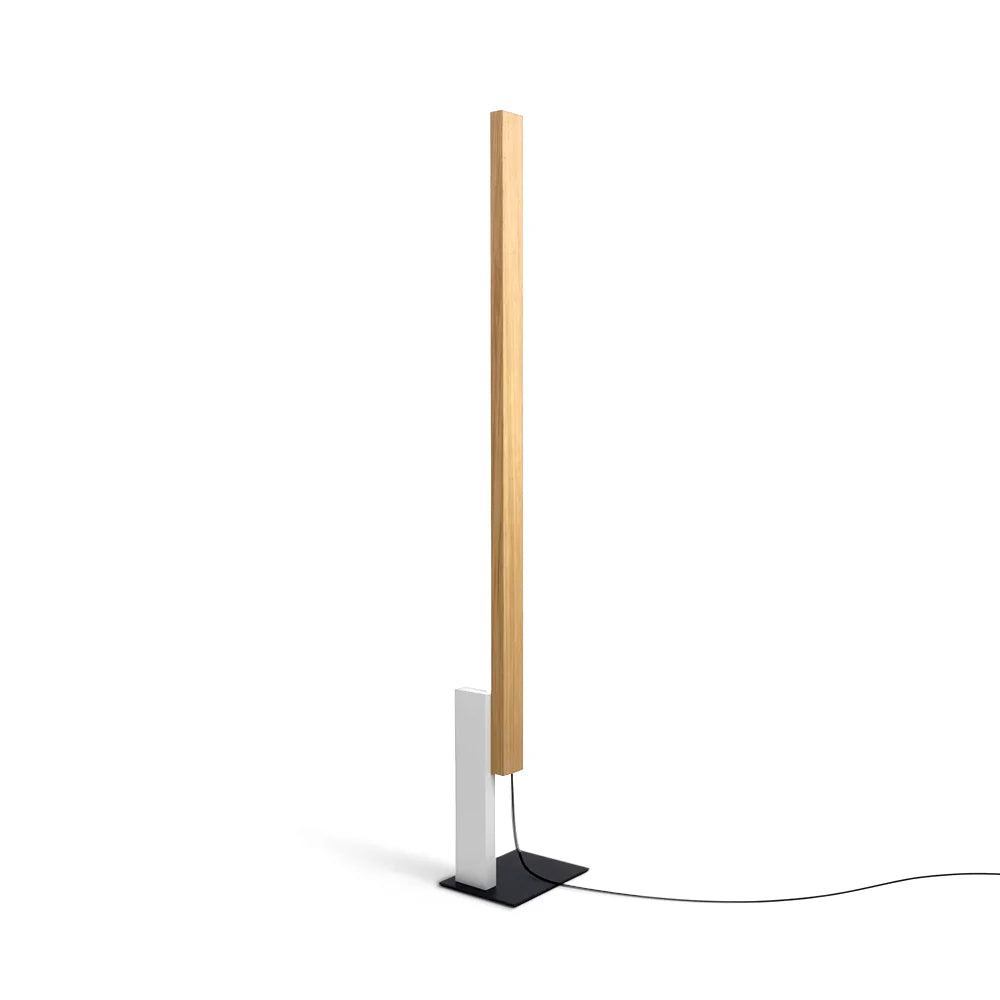
How to Choose and Design the Perfect Accent Wall Without Making It Cheesy or Builder-Grade

Accent walls are a powerful design tool to bring personality and depth to a room. When done right, they can elevate the entire space, adding a focal point that feels intentional and sophisticated. However, when poorly executed, accent walls risk looking dated, cheesy, or overly "builder-grade" — the kind of design choice that feels generic and uninspired.
As an interior designer with years of experience creating timeless, elegant spaces, I’m sharing expert tips on how to select and design the perfect accent wall that adds value, style, and harmony to your home.
1. Choose the Right Wall to Feature
Not every wall deserves to be an accent wall. Here are key considerations:
-
Focal Point Walls: Typically, the wall behind a fireplace, bed headboard, or main seating area makes the best accent wall since it naturally draws attention.
-
Avoid Doors and Windows: Walls with large windows or multiple doorways often lack the uninterrupted canvas needed for a striking accent.
-
Consider Room Layout: In open floor plans, an accent wall can help define spaces without physical barriers.

2. Thoughtful Color Selection
Color is arguably the most important element in designing an accent wall. Here’s how to approach it:
-
Coordinate with the Room Palette: Choose a color that complements, not clashes with, the overall room color scheme.
-
Use the Color Wheel: Opt for complementary or analogous colors to create harmony.
-
Balance Boldness and Subtlety: A deep navy or rich charcoal can add drama without feeling overwhelming. Avoid colors that feel too trendy or seasonal.
-
Test Samples: Always test paint swatches at different times of day and lighting conditions to avoid surprises.

3. Texture and Pattern Considerations
Adding texture or pattern to an accent wall can create stunning visual interest:
-
Natural Materials: Wood paneling, stone veneer, or brick can add warmth and depth while remaining timeless.
-
Wallpaper with Sophistication: Choose wallpapers with subtle textures or classic patterns — avoid overly busy or gimmicky designs.
-
Plaster and Decorative Finishes: Venetian plaster or metallic finishes can offer understated luxury.
-
Avoid Overdoing It: Keep patterns and textures elegant and simple to prevent an abrupt or busy feeling.

4. Seamlessly Integrate the Accent Wall
An accent wall should enhance the room’s flow, not disrupt it:
-
Extend Color or Texture in Small Ways: Use accessories, textiles, or art that echo the accent wall’s design.
-
Balance the Space: If the wall is dark or heavily textured, lighten other areas with neutral furnishings or reflective surfaces.
-
Frame the Wall: Architectural details like molding or trim can provide a polished look and soften transitions.

5. Design for Longevity
To avoid the “dated” look:
-
Timelessness Over Trends: Invest in colors, textures, and materials that won’t feel outdated in a few years.
-
Classic Combinations: Think about black and white, natural wood tones, or muted jewel tones.
-
Flexible Design: Use removable wallpaper or panels for easy updates.
Final Thoughts
The perfect accent wall is a subtle art that balances boldness with restraint, personality with harmony. When thoughtfully designed, it becomes a focal point that enhances the entire room without ever feeling “cheesy” or “builder-grade.”
If you’re considering an accent wall for your space, remember: it’s not just about choosing the right color or texture but how it interacts with the rest of your design to create a cohesive, elegant environment.


